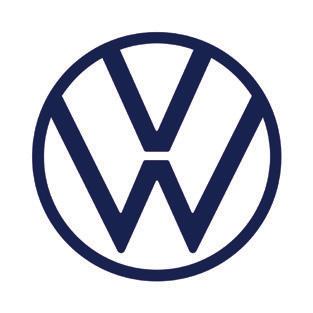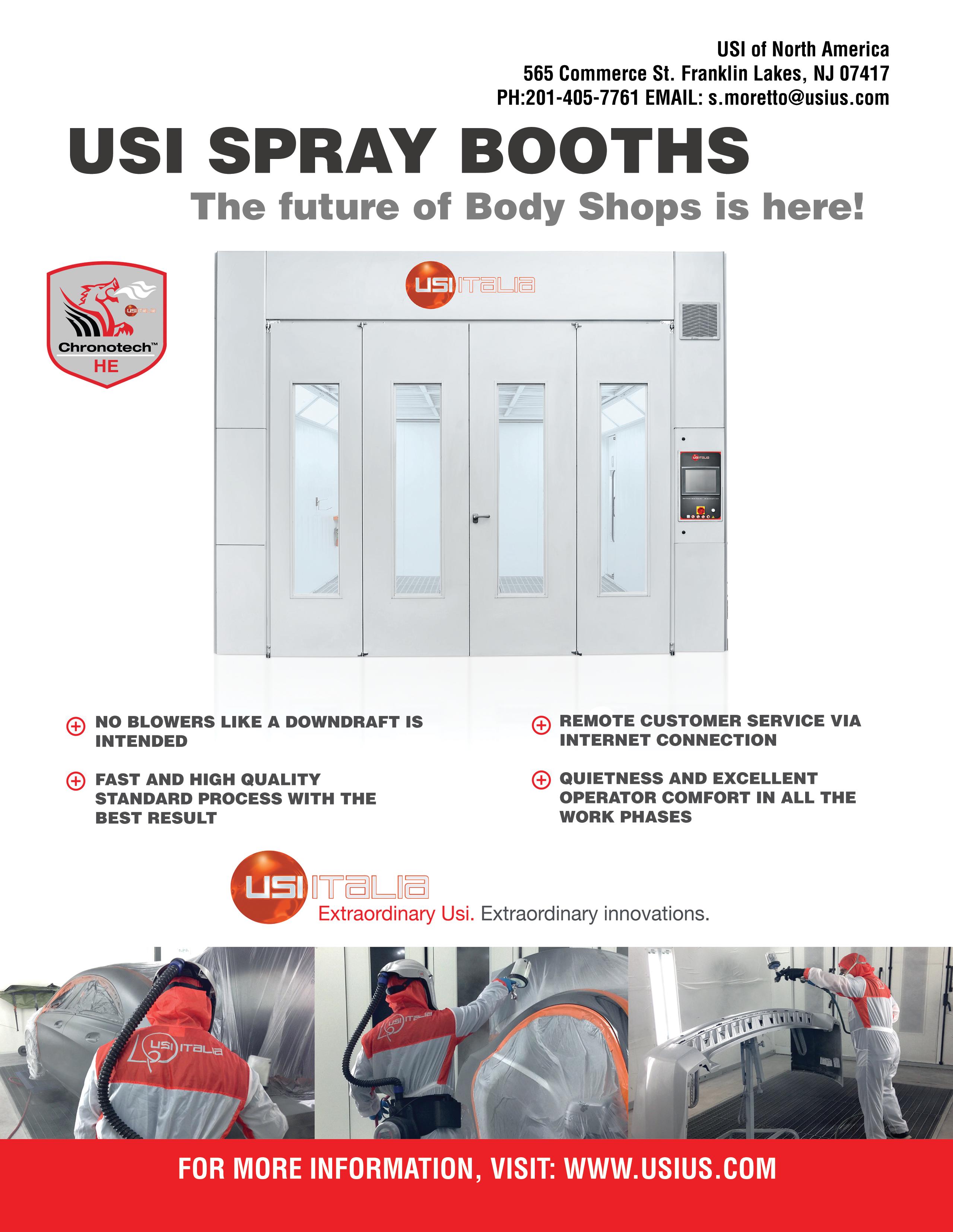

RESISTANCE SPOT WELDING
NEO



*BMW Workshop Equipment Approved










RESISTANCE SPOT WELDING
NEO



*BMW Workshop Equipment Approved







SAVE UP TO 50% PROCESS TIMES
Sikkens Autowave Optima delivers full hiding with just 1.5 coats of paint thanks to its high pigmentation. The one-stop application without flash-off between coats only requires the technician to go into the spray booth once, saving up to 50% process time compared to a conventional basecoat. This way, you can increase productivity and boost your body shop’s revenues.
For more information on how to multiply your productivity, please visit sikkensvr.com/autowave-optima



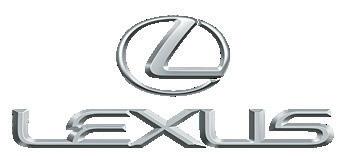
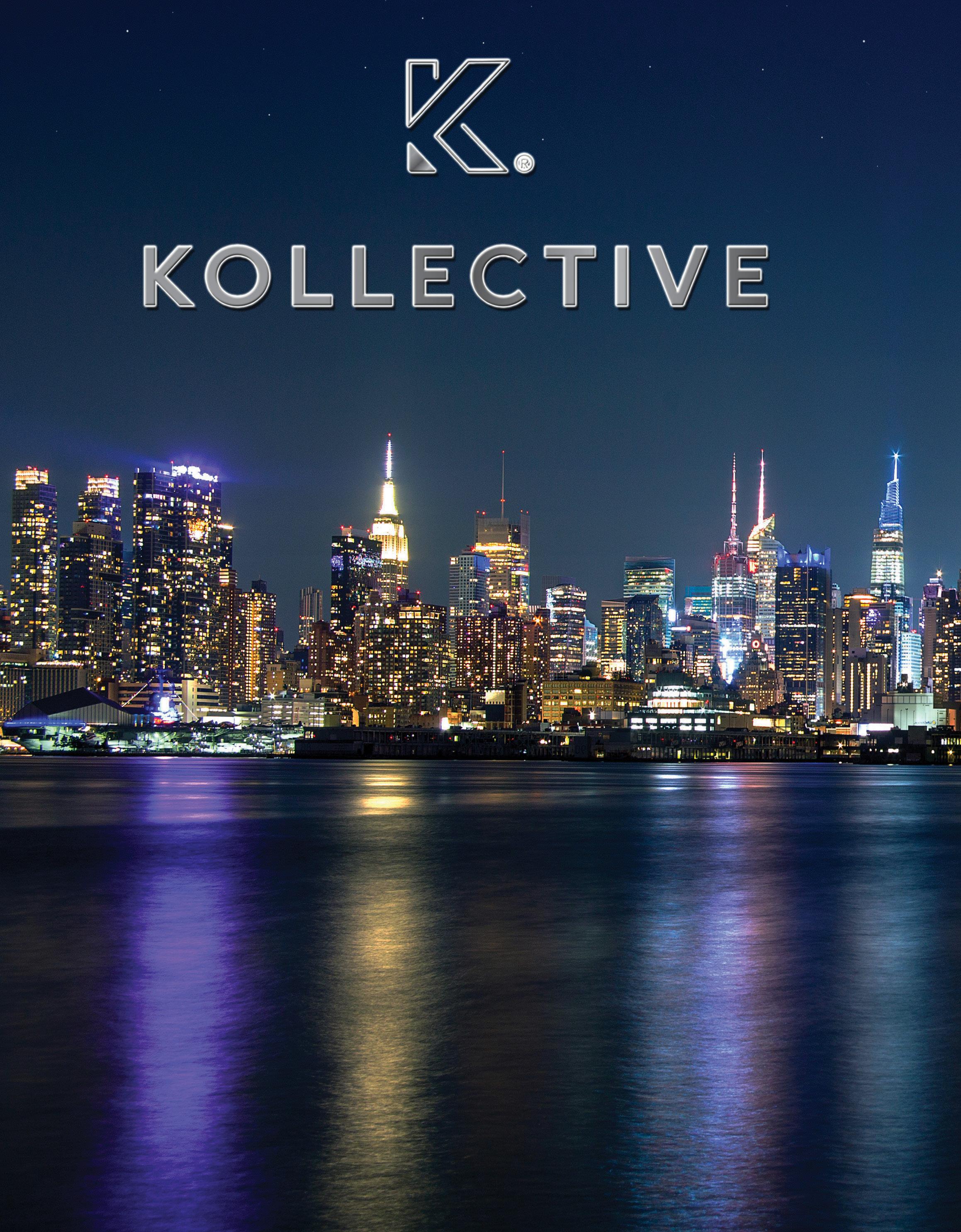

Our flagship dealerships are pleased to offer a wide selection of authentic genuine parts so you can repair your customer’s luxury car to the highest quality.
We not only sell WHOLESALE GENUINE PARTS across the tri-state area, but we also offer a knowledgeable team of parts specialists who will find the component you need for a seamless vehicle repair. WE WILL GO THE EXTRA MILE FOR YOU!
AUDI QUEENS
30-35 College Point Blvd. Flushing, NY 11354
Wholesale Direct: 929.297.0788
parts@audiqueens.com audiqueens.com
MERCEDES-BENZ OF BROOKLYN 1800 Shore Pkwy. Brooklyn, NY 11214
Wholesale Direct: 718.258.7055
parts@mbofbrooklyn.com mbofbrooklyn.com
MERCEDES-BENZ OF CALDWELL 1220 Bloomfield Ave. Caldwell, NJ 07006
Wholesale Direct: 973.808.0204
Parts@mbofcaldwell.com mbofcaldwell.com
JAGUAR BROOKLYN 809 Neptune Ave. Brooklyn, NY 11224
Wholesale Direct: 929.583.6492
parts@jlrbrooklyn.com jaguarbrooklyn.com
LAND ROVER BROOKLYN 809 Neptune Ave. Brooklyn, NY 11224
Wholesale Direct: 929.583.6492
parts@jlrbrooklyn.com landroverbrooklyn.com



LEXUS OF BRIDGEWATER 1550 US-22 Bridgewater, NJ 08807
Wholesale Direct: 866.679.7054
parts@lexusbridgewater.com lexusofbridgewater.com
LEXUS OF EDISON 711 US Highway 1 Edison, NJ 08817
Wholesale Direct: 732.593.6860
parts@lexusedison.com lexusofedison.com
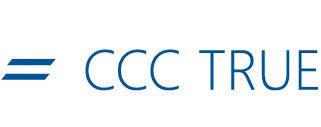


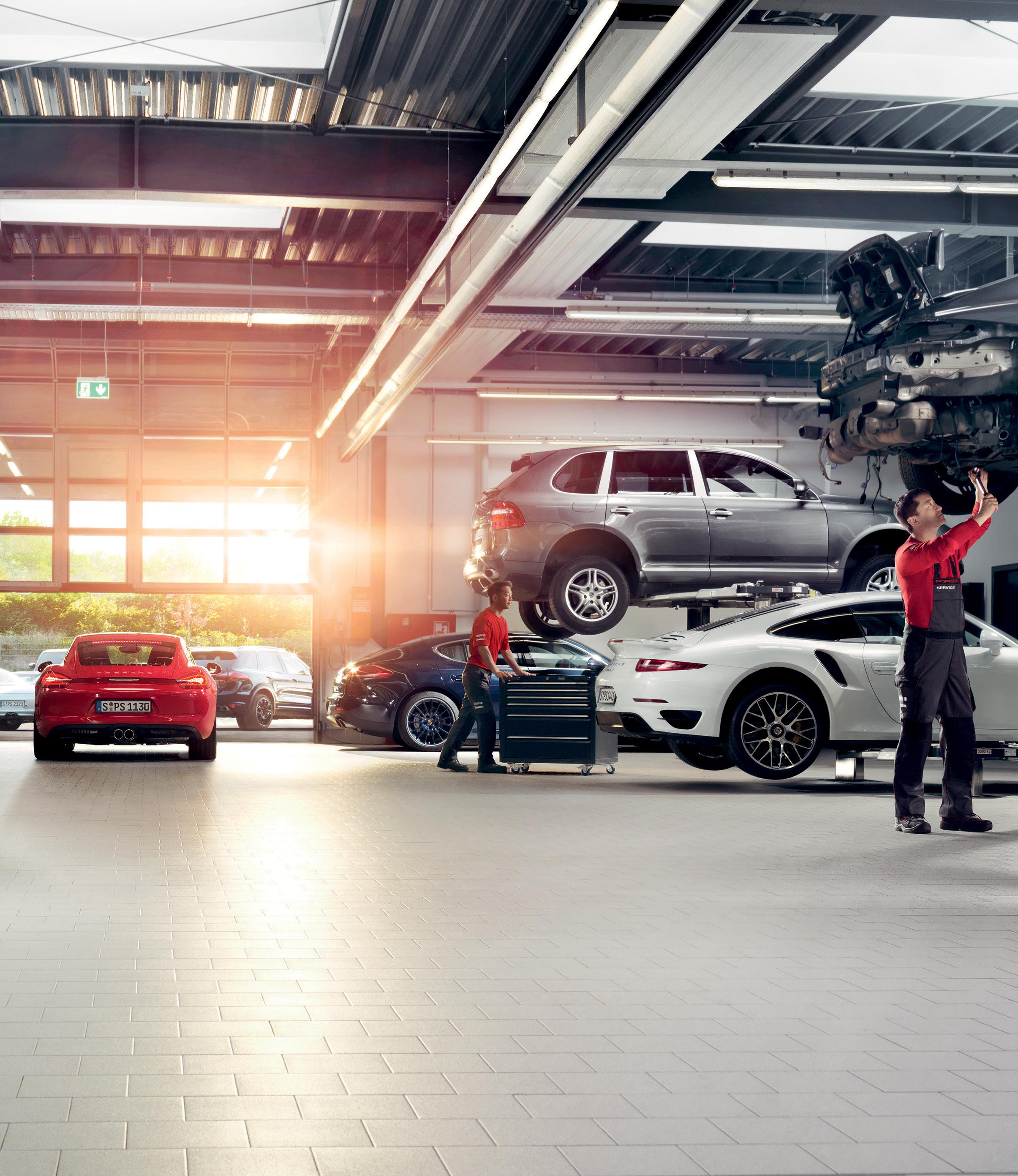
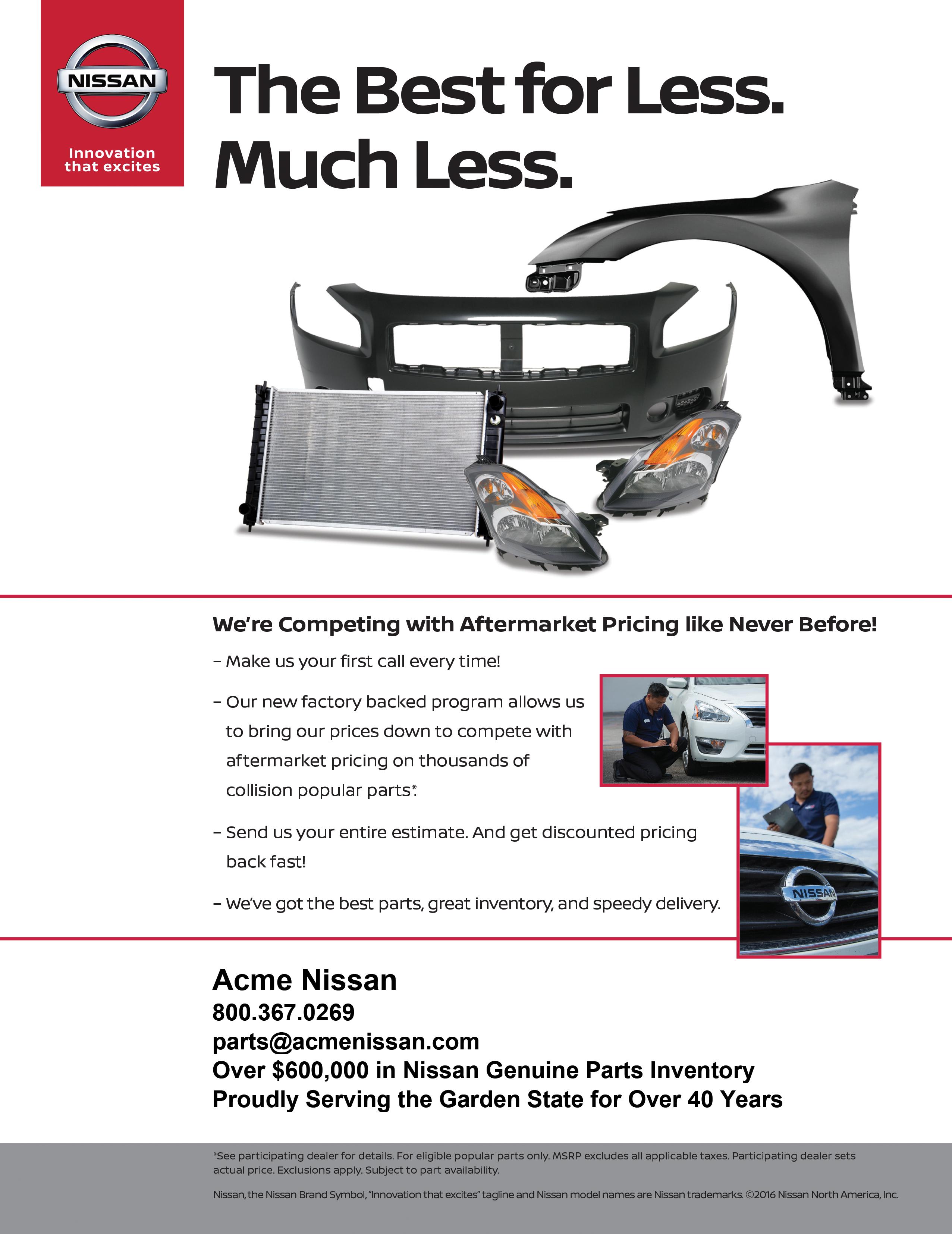
P.O. Box 734 Neptune, NJ 07753
EXECUTIVE DIRECTOR
Charles Bryant 732-922-8909 / setlit4u@msn.com
2023-2025 OFFICERS
PRESIDENT
Ken Miller, 821 Collision, LLC (973) 949-3733 / kmiller@821collision.com
COLLISION CHAIRMAN/
PAST PRESIDENT ATTENDING
Jerry McNee, Ultimate Collision Repair, Inc. 732-494-1900 / ultimatecollision@att.net
MECHANICAL CHAIRMAN
Keith Krehel, Krehel Automotive Repair, Inc. 973-546-2828 / krehelauto@aol.com
TREASURER
Tom Elder, Compact Kars, Inc. 609-259-6373 / compactkars@aol.com
SECRETARY
Thomas Greco, Thomas Greco Publishing, Inc. 973-667-6922 / thomas@grecopublishing.com
BOARD
Nick Barbera, Union Collision 908-964-1212 / nick@unioncollision.com
Dennis Cataldo, Jr., D&M Auto Body 732-251-4313 / jr@dnmautobody.com
Brad Crawford, Livingston Collision, Inc. 973-992-5274 / livingston.collision@gmail.com
Todd Fontana, Proline Body & Chassis 201-398-1512 / todd@prolinebody.com
Gary Gardella, Jr., County Line Auto Body 732-363-5904 / countylineautobody@gmail.com
Dean Massimini, Autotech Collision Service, Inc. 856-232-1822 / autotechnj@comcast.net
Jeff McDowell, Leslie’s Auto Body 732-738-1948 / chacki@aol.com
Danielle Molina, 821 Collision (973) 949-3733 / dmolina@821collision.com
Ted Rainer, Ocean Bay Auto Body 732-899-7900 / ted@oceanbayautobody.com
Anthony Trama 973-818-9739 / anthonytrama@aol.com
BOARD ALLIED
Joe Amato, The Amato Agency 732-530-6740 / joesr@amatoagency.com
Mike Kaufmann, Mike Kaufmann Dealer Group 973-332-7014 / mkaufmann@adps.com
PRESIDENT/PUBLISHER
Thomas Greco / thomas@grecopublishing.com
VICE PRESIDENT/SALES DIRECTOR
Alicia Figurelli / alicia@grecopublishing.com
EDITORIAL DIRECTOR
Alana Quartuccio / alana@grecopublishing.com
SENIOR CONTRIBUTING EDITOR
Chasidy Rae Sisk / chasidy@grecopublishing.com
OFFICE MANAGER
Donna Greco / donna@grecopublishing.com
PRODUCTION COORDINATOR
Joe Greco / joe@grecopublishing.com
CONTRIBUTING EDITORS Charles Bryant • Mario DeFilippis
Published by: Thomas Greco Publishing, Inc.
Chestnut Street, Suite 202, Nutley, NJ 07110
(973) 667-6922 / FAX: (973) 235-1963
www.grecopublishing.com @grecopublishing




LOCAL FEATURE
14 AASP/NJ Members Get Customer Experience “Collision Advice” from Sheryl Driggers by Alana Quartuccio
AASP/NJ’S 18TH ANNUAL LOU SCORAS MEMORIAL GOLF OUTING
16 Tuesday, September 16, 1pm Shotgun Start Knob Hill Golf Club, Manalapan, NJ
LOCAL NEWS
18 AASP/NJ Backs State Right to Appraisal Bill by Alana Quartuccio
AASP/NJ MEMBER PROFILE
22 Navesink Auto Body: A New Business Born From Experience by Alana Quartuccio
AASP/NJ NEWS
26 A Well-Oiled Machine: Joe Ocello Takes the Helm of AASP/NJ’s Mechanical Division by Alana Quartuccio COVER STORY
30 Strengthening Your Shop for Survival: Industry Leaders Weigh In by Chasidy Rae Sisk
AUTOMOTIVE RECYCLERS ASSOCIATION OF NEW JERSEY
36 Wharton Insurance Briefs by Mario DeFilippis
Joe Amato, Sr. Ron Ananian Jim Bowers
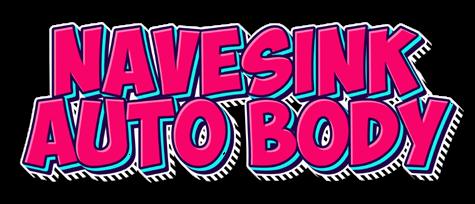
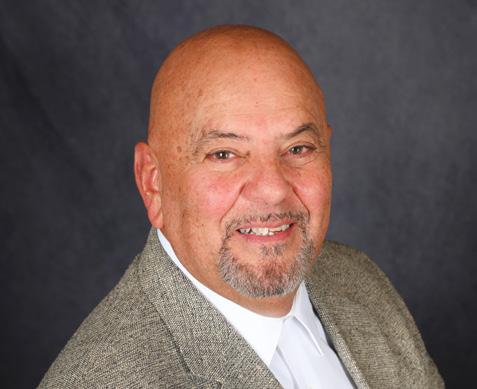
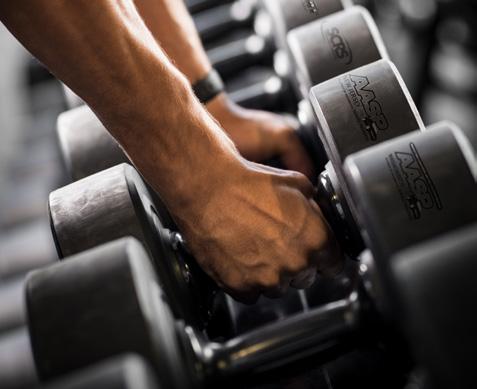
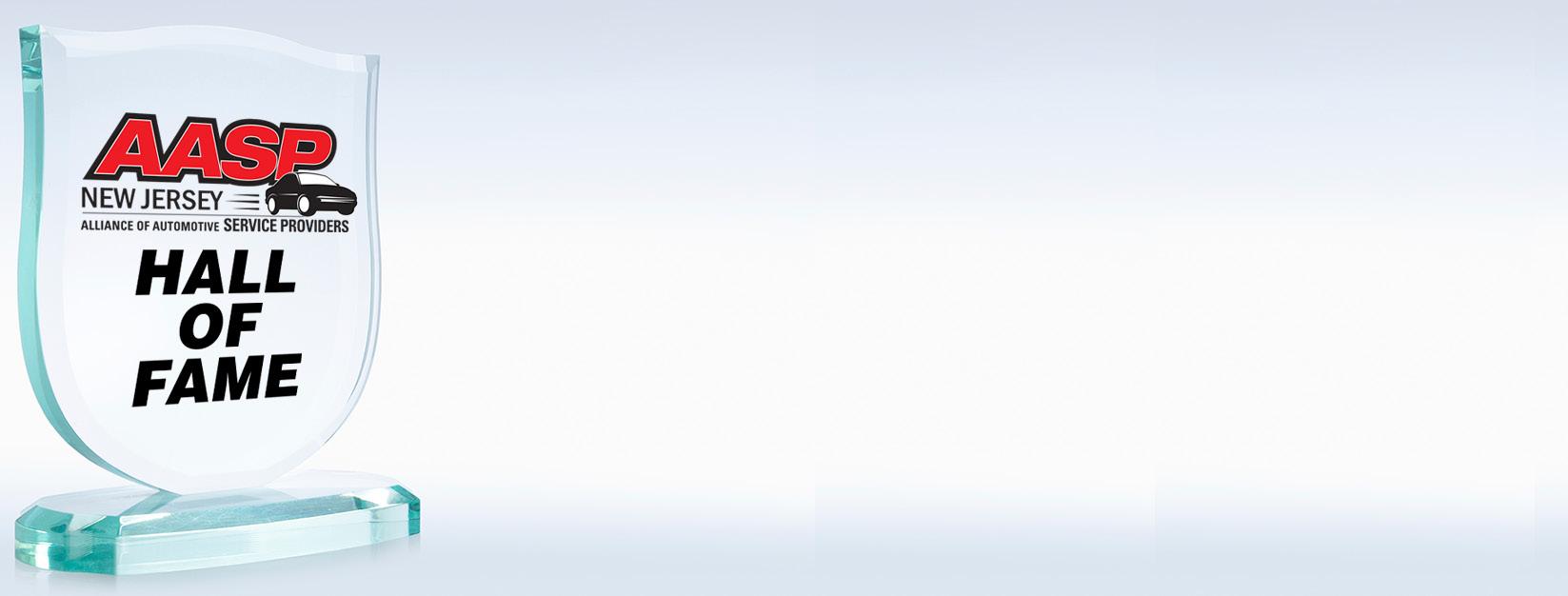
Dave
Tom
Bob
Thomas
Rich
Wes Kearney
Nick Kostakis
Jim Kowalak
Keith Krehel
Joe Lubrano
Michael Lovullo
Jeff McDowell
Jerry
Petrask
Russ Robson
Jerry Russomano
George Threlfall
Anthony Trama
Cynthia Tursi
Lee Vetland
Paul Vigilant
Rich Weber
Brian Vesley
Glenn Villacari
Stan Wilson
I really hate it when someone says, “He thinks he’s the smartest guy in the room.” Mainly because sometimes the person may be the smartest guy in the room. In fact, I think in order to be truly successful at anything you do, you have to think you’re the smartest guy in the room –or at least that you are the best at what you do.
I mean, when I am around people in the automotive industry, do I think I’m the smartest guy in the room? No effing way. When I’m at my attorney’s office, do I think I’m the smartest guy in the room? Nope. But dammit, when I’m with my friends talking about the Beatles, or when people are asking me about
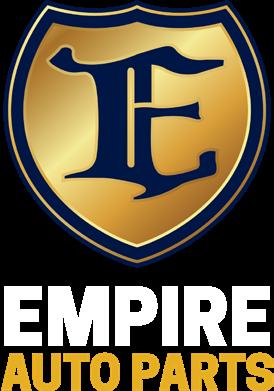
the 1986 Giants or the 1986 Celtics, or about movie or music trivia or the media and publishing industry, you can be damn sure I know I’m the smartest guy in the room. And obviously, I’m not afraid to say it.
Just like I’m not afraid to say the same with this neverending bullshit with the whole “Do you believe Donald Trump lost the 2020 election?” question. Five years later, these political and media idiots are still asking this. When someone responds with, “Why does it matter?” or “No,” they follow up with something like, “Well, then how can you believe in democracy?”
First of all, I can’t believe (but am not surprised) our

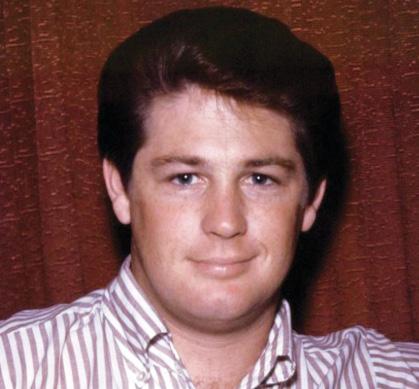
by THOMAS GRECO, PUBLISHER
representatives who are paid with our tax dollars are still living in the past and wasting time on this. Secondly, for years, my response has been, “If he (or anyone for that matter) believes he won, who are you to question that belief?” Hell, I still don’t accept losing the 1973 Little League championship to Jones the Florist even though they got the trophies! (It wasn’t a strike!!!!)
I have often used the boxing analogy of the millions of fighters who’ve lost a fight by a judge’s decision, yet 20, 30, or 50 years later they still think they won. Even if the video proves they got their ass kicked. What right does anyone have to question or belittle their belief?
Reporter: “Muhammad, Joe Frazier really beat your butt in 1971.”
Ali: “What fight were you watching?”
Reporter: “But he knocked you down, beat you up the majority of the fight, and you lost the decision.”
Ali: “Joe Frazier never beat me.”
Reporter: (laughing) “Oh, Ali, you’re the Greatest.”
Now, imagine the press or the politicians having that conversation with Donald Trump.
Exactly.
The premise of this article was not to reflect my feelings one way or another toward President Trump. After all, hate him or love him, you have to admit that when it comes to politics (after getting elected President of the United States TWICE), he has proven time and again he is definitely the smartest guy in the room.
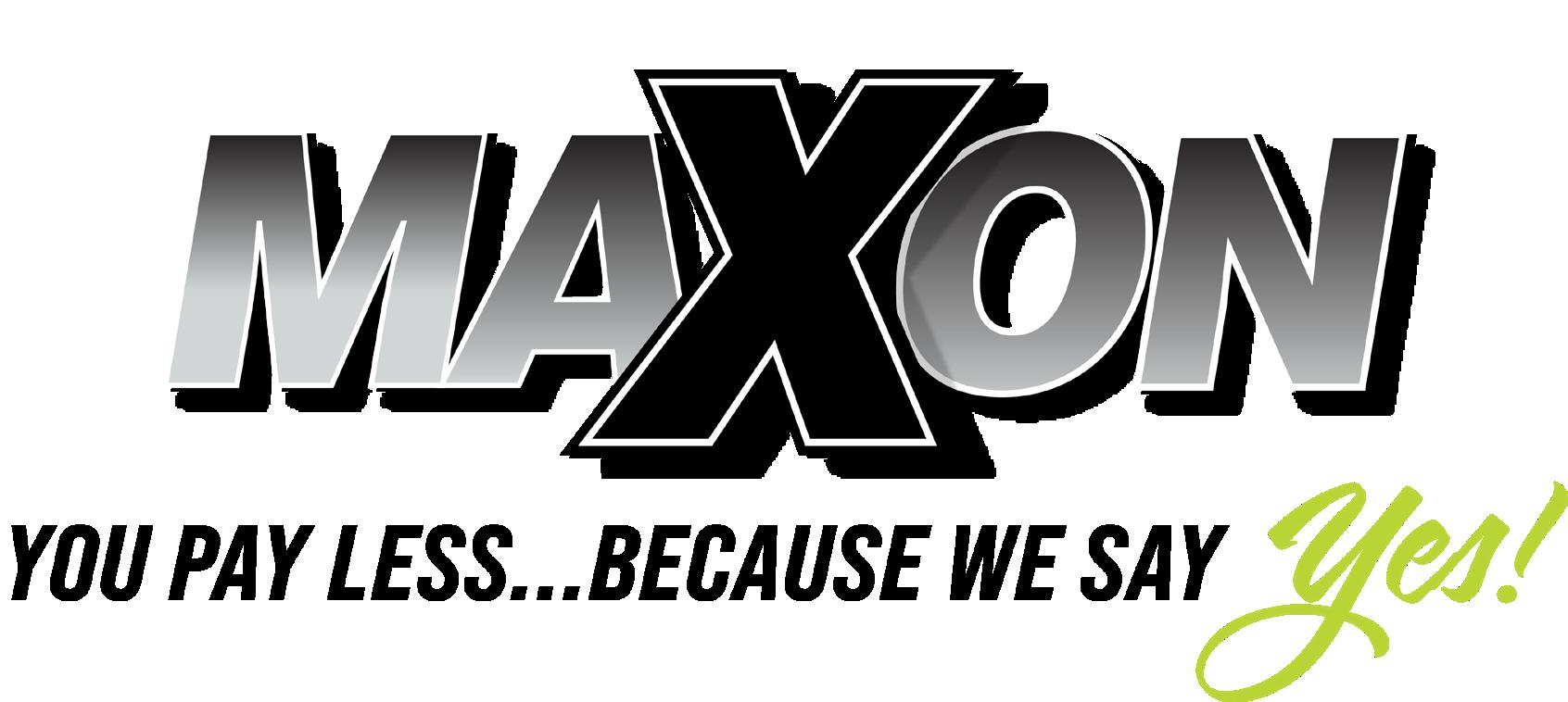
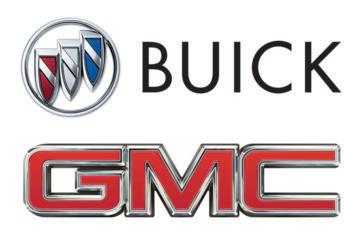


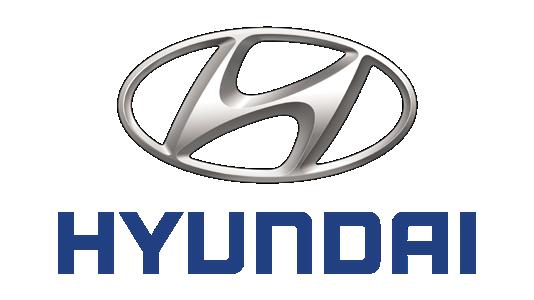



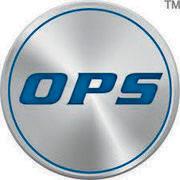

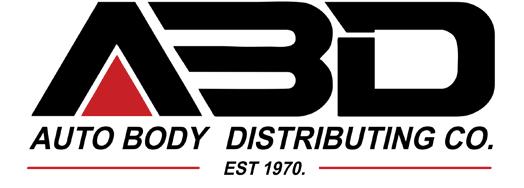
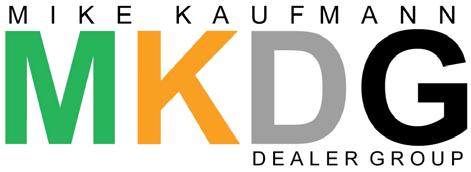
Every month, New Jersey drivers pay their auto insurance premiums with a simple expectation: that if something goes wrong, their insurer will step in and handle the claim fairly, completely and in good faith. Unfortunately, that expectation is no longer being met. What policyholders receive instead is a carefully orchestrated claims process designed to undervalue losses. Through AI-driven photo estimates, suppressed labor rates, selective denials and cost-cutting repair guidelines, insurers have turned claim underpayment into a business strategy, and consumers are left holding the bag.
Unsuspecting insureds believe they have bought peace of mind, only to discover after a collision that their insurance company has no intention of paying for a proper repair. This is not about an occasional oversight or a rogue adjuster; it is a systemic practice. The result is unsafe vehicles returned to the road with incomplete repairs, repair shops pressured to cut corners or absorb losses and vehicle owners forced to pay out of pocket for services that should have been covered.
To address this imbalance, New Jersey Senator Paul Moriarty has introduced Senate Bill 4534, which would restore the Right to Appraisal in every auto insurance policy issued in the state. Appraisal is a common-sense, time-tested method that allows both the insurer and the policyholder to appoint independent appraisers to resolve disputes over repair costs. If the appraisers cannot agree, a neutral umpire makes the final decision. It is a fair, balanced and transparent process that provides policyholders with a critical safeguard when their claim is undervalued. This is not a new or radical concept. In fact, most policies included an Appraisal Clause until insurers quietly began removing that language in recent years. Now, New Jersey joins a growing list of states working to

restore this important consumer protection.
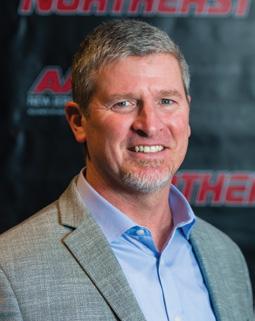
by KEN MILLER
Last month, Washington State passed SB 5721 with overwhelming bipartisan support, 46 to two in the Senate and 96 to one in the House. That bill mandates a Right to Appraisal in all auto insurance policies issued or renewed after January 1, 2026. The legislation comes in response to a flood of consumer complaints about undervalued claims and AI-generated estimates that miss the mark by thousands. Similarly, Texas recently enacted 89(R) SB 458, requiring all auto and homeowners insurance policies to include a binding Appraisal Clause. The data behind the Texas bill is striking. Appraisal awards average 40 percent higher than insurers’ initial offers, and in the vast majority of cases, it is the policyholder, not the insurer, who invokes the clause. These states are not speculating. They are responding to an undeniable pattern of undervaluation and giving consumers a fair and enforceable way to push back.
Insurers will undoubtedly respond to SB 4534 by warning that premiums will go up. But that argument only exposes the very problem this bill is designed to fix. If simply paying what a claim is truly worth would raise premiums, then insurers are admitting they have been suppressing payouts all along. That is not actuarial prudence. It is profit by underpayment. And while insurers frame the Right to Appraisal as a cost driver, Rhode Island’s experience tells a different story. After implementing its own appraisal law in 2023, Rhode Island saw premiums rise about 20 percent over two years, which is well below the national average increase of 31 percent. When insurers sound the alarm about rising rates, what they are really saying is they want to continue paying less than they should, without accountability.
New Jersey policyholders deserve the same protections now guaranteed to drivers in Texas, Washington and Rhode Island. SB 4534 would level the playing field and establish a clear, independent process for resolving disputes. It would help ensure that vehicles are repaired safely and properly and that the people paying premiums every month actually receive what they are promised. If insurers oppose this bill, it is because it threatens their business model, one built on undervaluing claims and minimizing payouts.
The time for vague promises and fine print is over. If insurance is going to work for consumers, it must include enforceable rights. SB 4534 gives policyholders a voice, a process and a path to fairness. It is time for New Jersey to follow the lead of Texas and Washington and protect the very people the insurance industry was created to serve.

World has been specializing in complete insurance coverage for the automotive services industry for more than 30 years. We partner with carriers to design coverage enhancements, dividend programs, and new products specific to the automotive services industry.
An exclusive program administered by trade professionals who are ASE Master Certified and I-CAR Certified technicians.
ALL-IN-ONE, NON-AUDITABLE POLICY
• Commercial auto
• Commercial property
• General liability and umbrella
• Garagekeepers
• Cyber liability
• Employment practices liability
PLUS, SPECIAL INCREASED LIMITS
• Pollutant clean up
• False pretense
• Employee tools
• Extended Garagekeepers
• Autonomous car coverage
• Customer complaint defense
• And many more
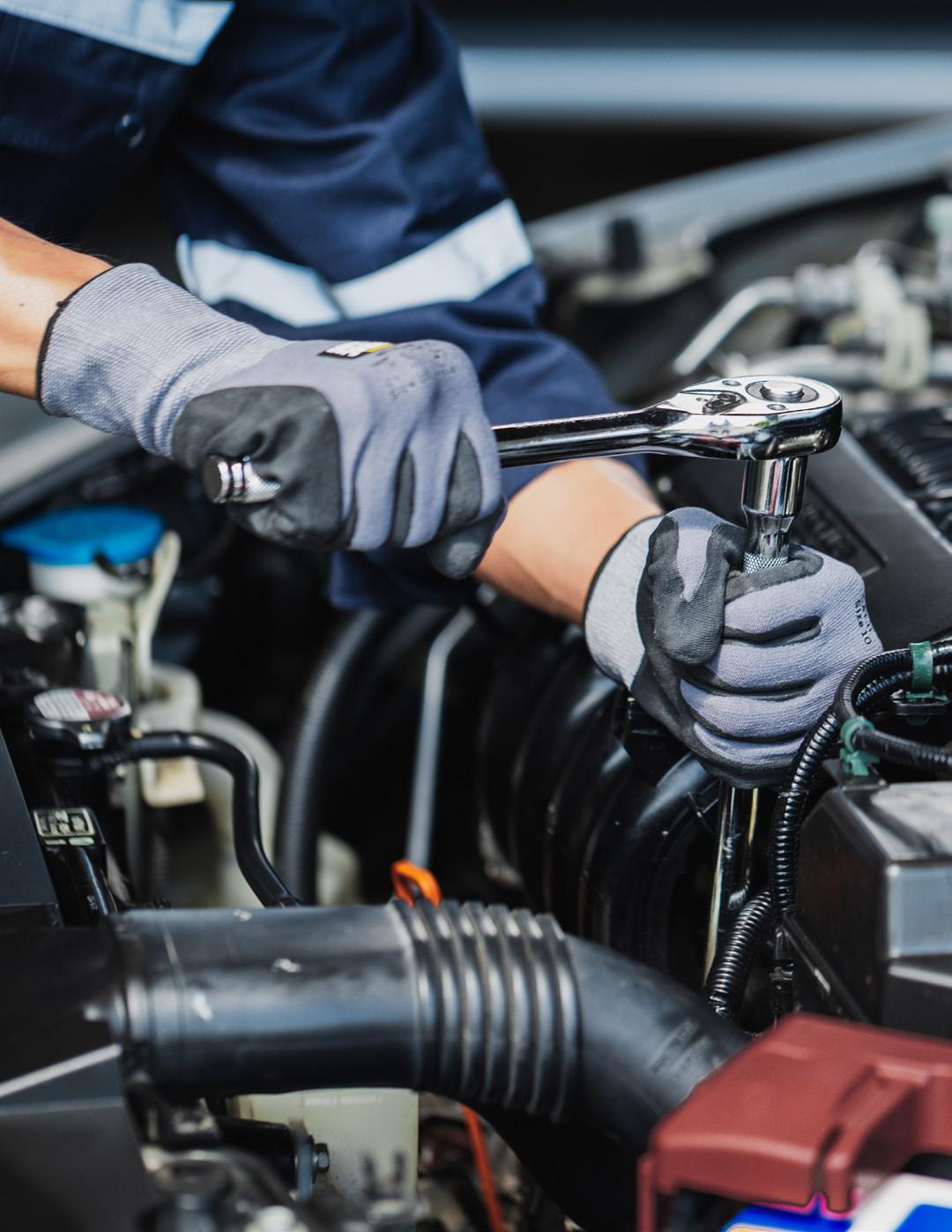
An exclusive workers compensation safety group program, only available for auto service businesses.
•Great pricing for qualified shops
•Optional managed care premium discounts
• Potential dividend plans available
GROUP HEALTH PLANS
Health Plans with Fortune 500 benefits for small and mid-sized auto service employers.
• Competitive Rates
• Two participant minimum
•Multiple plan design options
• Multiple provider networks in all 50 states
• Dental and vision plans available
• Supplemental benefits available
In the 1960s, Ferrucio Lamborghini, the future founder of Lamborghini Motor Cars, was a successful businessman. He had several business ventures including tractor manufacturing (for farm use) and boilers and air conditioning systems. He liked cars and owned two Ferraris. A recurring premature clutch failure problem on one of these cars bothered him so much that he designed and modified a tractor clutch, installed it in his Ferrari and fixed the problem.
Afterwards, Lamborghini visited Enzo Ferrari to show him this modification to possibly market it along with other proposed “upgrades.” Upon hearing of the modifications, Ferrari kicked Lamborghini out of his office, as he was not willing to listen to “a tractor builder without an engineering degree.” He left Ferrari’s office (he had no choice) and, humiliated by the disrespect he was shown, vowed to get even by building his own performance car company with the intent to outsell Ferrari.
Keep in mind: this is the same Enzo Ferrari who would later go on to upset Henry Ford II of Ford Motor Company, with Henry Ford II vowing to “kick Ferrari’s ass” on the racetrack, which he did big time. A personal observation – karma may be a bitch, but upsetting and embarrassing wealthy, successful businessmen is never a good idea. (Dale Carnegie, anyone?)
The story goes that Lamborghini disassembled one of his two Ferraris to reverse engineer them and jumpstart his pursuit in vehicle manufacturing. His original vision was to make large sedans with powerful engines. He employed several engineers – Gianpaolo Dallara, Paolo Stanzani and Bob Wallace – all of whom had other ideas. These gentlemen shared a different dream to produce a car that was at home on the racetrack as well as on the open road. Working at night and on their own time, they began working on what would later become the Miura. Eventually, Lamborghini got on board and allowed his engineers pretty much a free hand to create a “Halo car” for the new company.
The original project car’s name was P400. The car had a V12, 3.9 litre transversely-mounted engine with the same casting housing the engine block, the trans and differential all with shared motor oil lubrication. This was a bad idea, as shavings from the trans could potentially do engine damage. A rolling chassis was produced and shown at the Turing Salon in 1965. Despite the vehicle not having a body over this rolling chassis, orders were

by KEITH KREHEL

taken. Bertone, an automotive designer, was employed to create a body to go with the chassis, and what a job he did! This prototype was shown (with the body) in the 1966 Geneva Automobile Show. The favorable reaction to the car meant the P400 would go into production, but under the name Miura, after the famous Spanish fighting bull breeder. International attention was further gained when the car was featured in the opening sequence of the 1969 movie The Italian Job
The first model of the Miura was referred to as P400: P for posterior rear-mounted engine, 4 for 4-litre (3929cc/240ci). This engine produced 345 HP, very powerful for that time. Between 1966-69, 275 were sold, despite the price of $20,000 US (the equivalent of $187,815 in 2023 dollars). Production continued until 1973 with modifications over time that included increasing horsepower, tire sizes and the addition of power windows, etc. Noted celebrities who owned Miuras included Frank Sinatra, Miles Davis, the Shah of Iran, Nicolas Cage and Eddie Van Halen. Eventually, the gear box was separated from the engine, allowing for proper lubrication of both and also allowing for a limited slip differential to be installed. Total production of the car between 1966 to 1973 was around 763 units.
In 2006, 40 years after its introduction, a Miura “concept” car – very similar to the original – was shown at the North American International Auto Show, but it did not go into production as the Ford GT 40 had. I must give my opinion here, as I think the Miura is the best looking Lamborghini ever built, much to Bertone’s credit, with most other Lamborghinis looking too futuristic for my liking.
In closing, to answer the question of those who saw the original movie, or at least the opening sequence to The Italian Job, and happen to be wondering – no, they did not actually total a working Muira. They simply secured a pre-totaled Muira and pushed that one off a cliff.
NJA
Engine HP
Torque Compression
Carburetor Trans
Brakes
3,929 cc 345-380 262-295 lb./ft
9.5/10.7 to 1 Naturally Aspirated
5 Speed Manual
4 Wheel Drive Rack and Pinion
2,480 lbs.
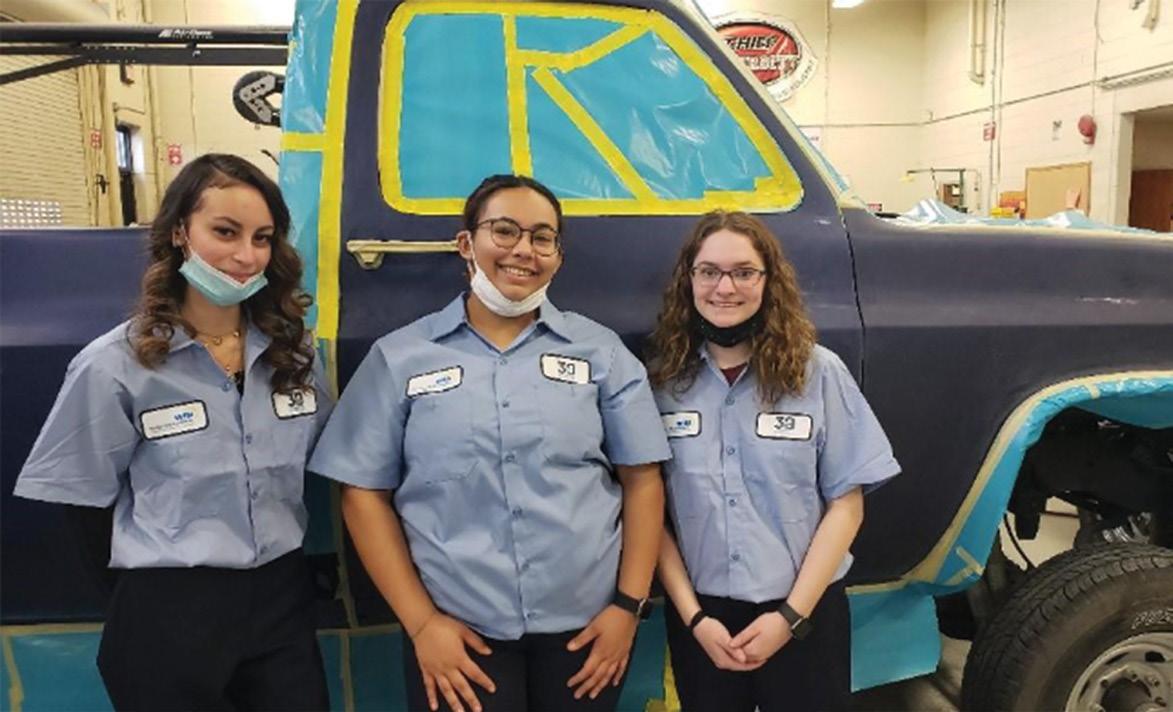
WIN offers education, mentoring and leadership development opportunities to build critical skills for success in the collision repair market.
• Local/Regional Networking Events
• Annual Education Conference
• Educational Webinars
• Mentoring Opportunities
womensindustrynetwork.com
• Scholarship Program
• School Outreach Program
• Most Influential Women (MIW) Award

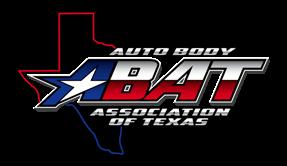
There is seriously no time to waste when it comes to making a first impression.
In fact, psychologists say it only takes seven seconds for someone to form their opinion on you – whether it’s good or bad. Therefore, it’s crucial for that first point of contact to matter, according to Sheryl Driggers of Collision Advice.
Driggers, a former shop owner turned customer experience consultant, shared her passion with AASP/NJ members about elevating customer experience during “The First Call Matters,” held via Zoom.
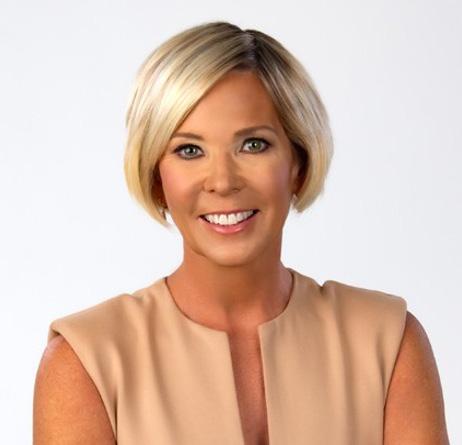
“It only takes seven seconds for people to form their opinion, so we want to make sure everyone on our team sets out to make an extraordinary first impression when they call or enter the shop,” advised Driggers.
Building trust with customers starts the moment that employees make contact with them; therefore, interaction between a shop’s employees and customers goes hand in hand.
Driggers performs “mystery calls” to random body shops to get a feel for effective and ineffective forms of communication upon first contact. She played two recordings of these “mystery calls” for the audience – one where the person who answered the phone focused predominantly on insurance questions while the other showed empathy and interest in the
caller’s situation.
“The first person who answered was very transactional. She talked to the caller about obtaining their ‘State Farm assignment,’ and customers don’t know what that means. A lot of times, we don’t realize how we come across over the phone, so we have to think about how we can change these conversations when customers call us in order to start building a relationship to show the caller that we are competent.
“In the second example, the person was concerned and asked the caller if the driver was ok and how things were with the car,” Driggers continued. The empathetic CSR also showed proactivity by asking for her call back number. “Maybe I don’t show up; now she has my number to follow up with.”
Driggers stressed that it is “very important for the customer service team to be able to diffuse negative emotions. No one wakes up and asks to get into a car accident so they can go to a body shop.
“Have you ever called a business and you felt like you were bothering them?” she asked. “You want to make sure you make a good impression to start building a relationship so they take their car to be repaired at your shop.”
She suggests, “Always lead with empathy and be kind. Make sure to build on our competency. They are going to ask themselves if they can trust us with their vehicles, so we want to make sure we lead them in that direction. They called you to determine if you can fix their car.”
It’s also important to deliver the information needed and to not overload them.
“If you confuse, you lose,” she emphasized. “You don’t want to confuse them. Provide clarity and guidance on what the next steps are.”
Being transactional when a customer calls in is “really just checking a list.” There’s no connection
made with the customer.
Driggers pointed to various forms of “social proof” a business can use to articulate their value proposition such as Google Business listing, Carwise, social media posts and even OEM certifications.
Whether a shop is certified in a particular brand or not, they should be mindful to highlight their training, equipment and use of genuine parts “in order to build trust and show we are the personalized solution for your problem. We want to guide them. We call it a road map to repair.”
She reminded attendees to avoid overwhelming customers and instead focus on supplying resources to transition them toward getting the car repaired.
It all comes down to what do customers want most: they want the shop to know them before they know their car. Customers also want it to be “radically easy” to do business with the shop, according to Driggers.
She pointed to various tools available to body shops that allow customers to reach out to them even during non-business hours. CCC users can make use of their online booking tool via Carwise. Google Business listings allow for up to 10 external links to be added, “so when you are closed, there is a way they can reach out to you. It does not mean that you have to respond right then, but you can set up something that automatically gives them a response.”
AASP/NJ Board Member Dennis Cataldo, Jr. (D&M Auto Body; Old Bridge) said Driggers’ insight inspired him to give new consideration to how he shares information with callers, especially if they have never been through the process before. “Sheryl got me to rethink how I answer the phone and deal with customers who call in with questions. We can’t assume that people know everything.”
“The First Call Matters” is available on-demand in the Members Only section of aaspnj.org
Being an AASP/NJ member has its privileges. Between savings and revenue generated by AASP/NJ member benefits, discounted education and training opportunities, access to the AASP/NJ Labor Pool and Hotline, advocacy in Trenton and exclusive members-only access to documentation, forms and regulations on aaspnj.org, you simply can’t afford NOT to be an AASP/NJ member!
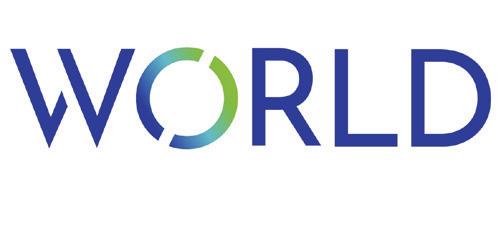
AASP/NJ Health Benefits ProgramSave on Insurance!
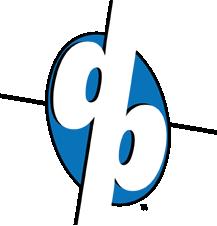
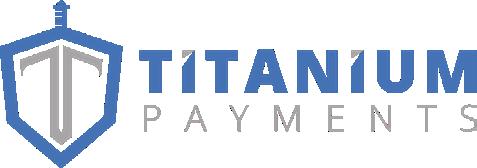
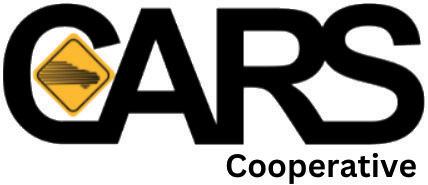
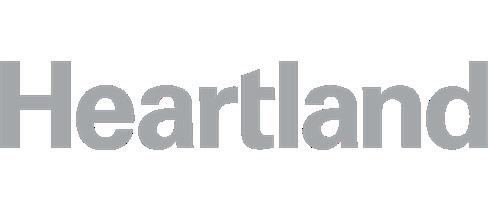
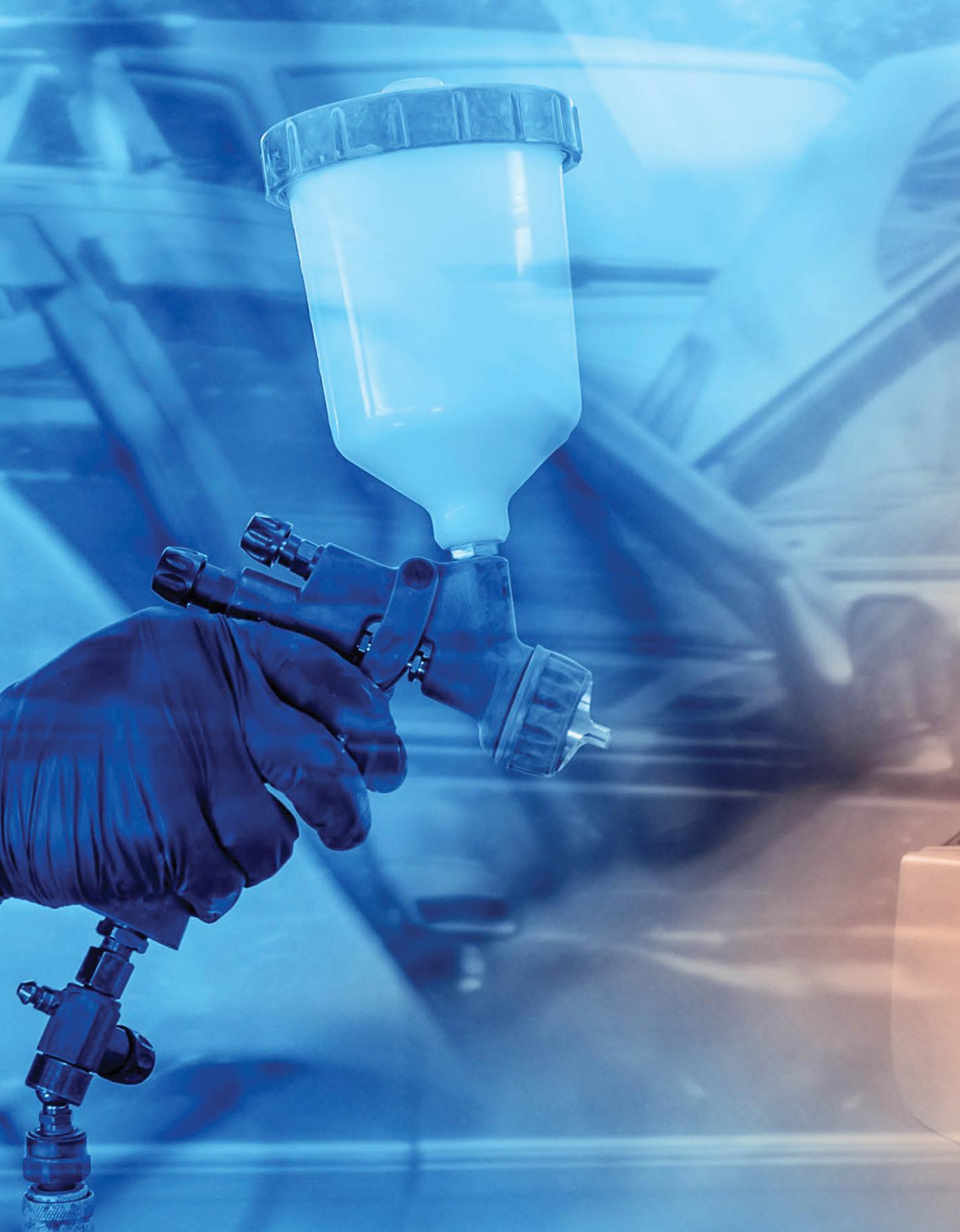


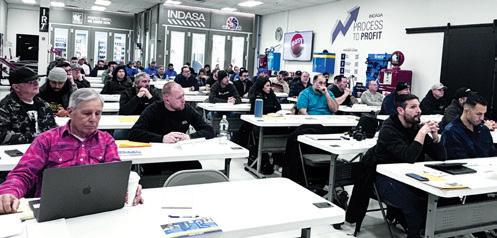

TUESDAY, SEPTEMBER 16
Knob Hill Country Club, Manalapan, NJ
PRICING: $195/player ($780/foursome) DINNER ONLY (NO GOLF): $60 ea. 11:30am Registration & Lunch • 1pm Shotgun Start 5:30pm Cash Bar • 6pm Dinner
JOIN US FOR A FUN DAY OF GOLF WHILE SUPPORTING AASP/NJ!
Platinum Sponsor Package: $3,500
- 1 Foursome ($700 value)
- 2 Hole Signs ($600 value)
- Your logo on pre-event promotion
- Premium size placement on event signage
- Topmost listing in NJA post-outing coverage
Gold Sponsor Package: $2,500
- 1 Hole Sign ($300 value)
- Large size listing on event signage
- Listing in NJA post-outing coverage
Silver Sponsor Package: $2,000
- 1 Hole Sign ($300 value)
- Medium size placement on event signage
- Listing in NJA post-outing coverage
Bronze Sponsor Package: $1,500
- 1 Hole Sign ($300 value)
- Small size placement on event signage
- Listing in NJA post-outing coverage
Hot Dog Cart Sponsor: $2,500
- Your name/logo included on hot dog station signage
- Listing on event signage
- Listing in NJA post-outing coverage
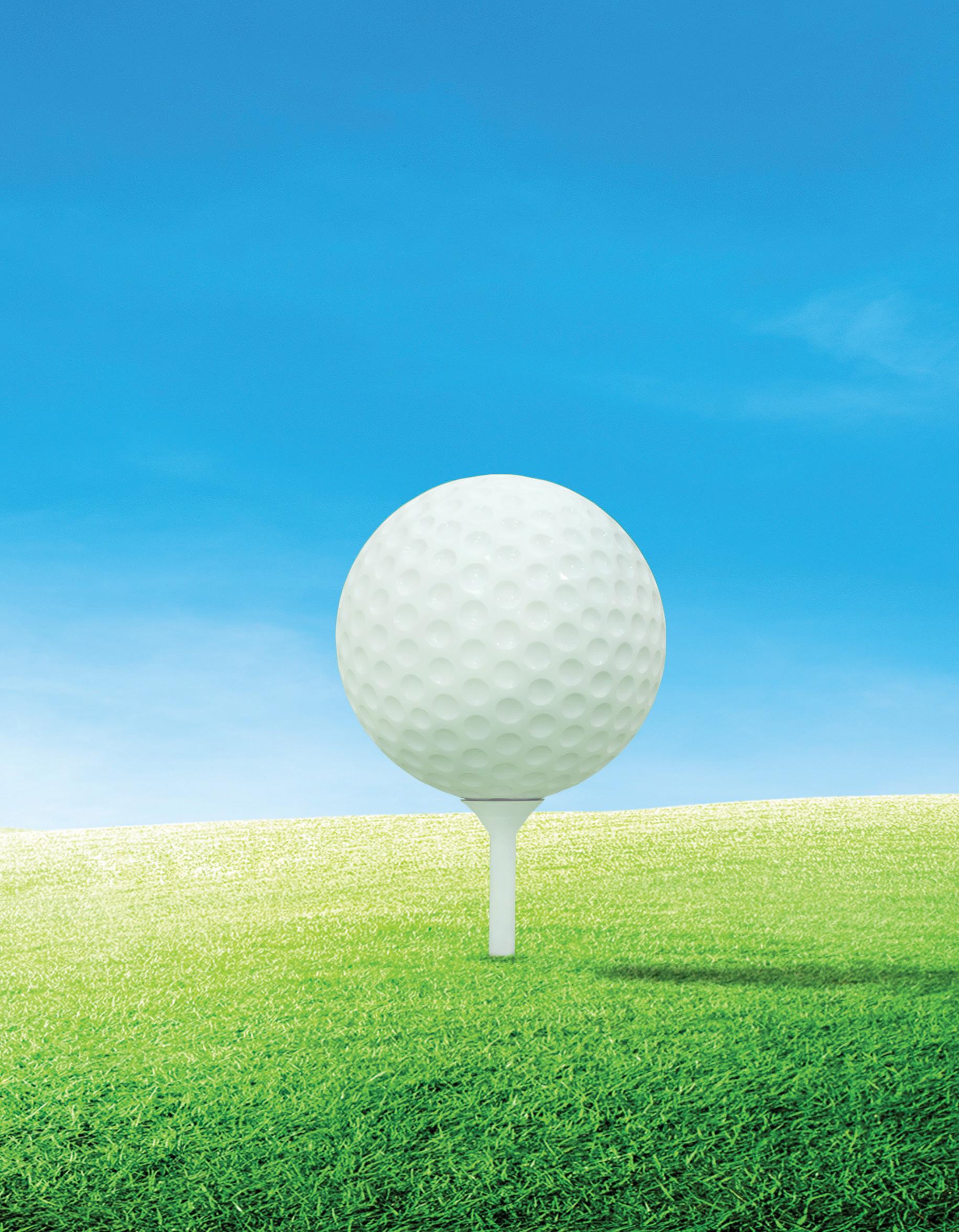
Lunch Sponsor: $1,000
- Your name/logo included on luncheon banner
- Listing on event signage
- Listing in NJA post-outing coverage
Dinner Sponsor: $1,000 ea.
- Your name/logo included on dinner banner
- Listing on event signage
- Listing in NJA post-outing coverage
Longest Drive Sponsor - $750
- Company name/logo on signage at contest hole
- Listing on event signage
- Listing in NJA post-outing coverage
Closest to the Pin Sponsor - $750
- Company name/logo on signage at contest hole
- Listing on event signage
- Listing in NJA post-outing coverage
Hole in One Contest Sponsor - $750
- Company name/logo on signage at contest hole
- Listing on event signage
- Listing in NJA post-outing coverage
Hole Sponsor - $300 per sign
- Company name on double-sided lawn sign
- Listing on event signage
- Listing in NJA post-outing coverage
This year’s outing is dedicated as always to the memory of Lou Scoras of Holmdel Auto Body.
A portion of the proceeds from this year’s event will be put toward a collision industry scholarship fund.
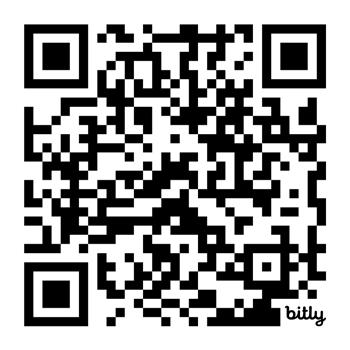

Please contact an Authorized Hyundai Dealer for all your parts needs: MAXON HYUNDAI
2329 ROUTE 22 WEST UNION, NJ 07083
TOLL FREE: 800-964-7281
FAX: 908-851-5631


371 ROUTE 17 NORTH MAHWAH, NJ 07430
201-529-3600
FAX: 201-529-3051
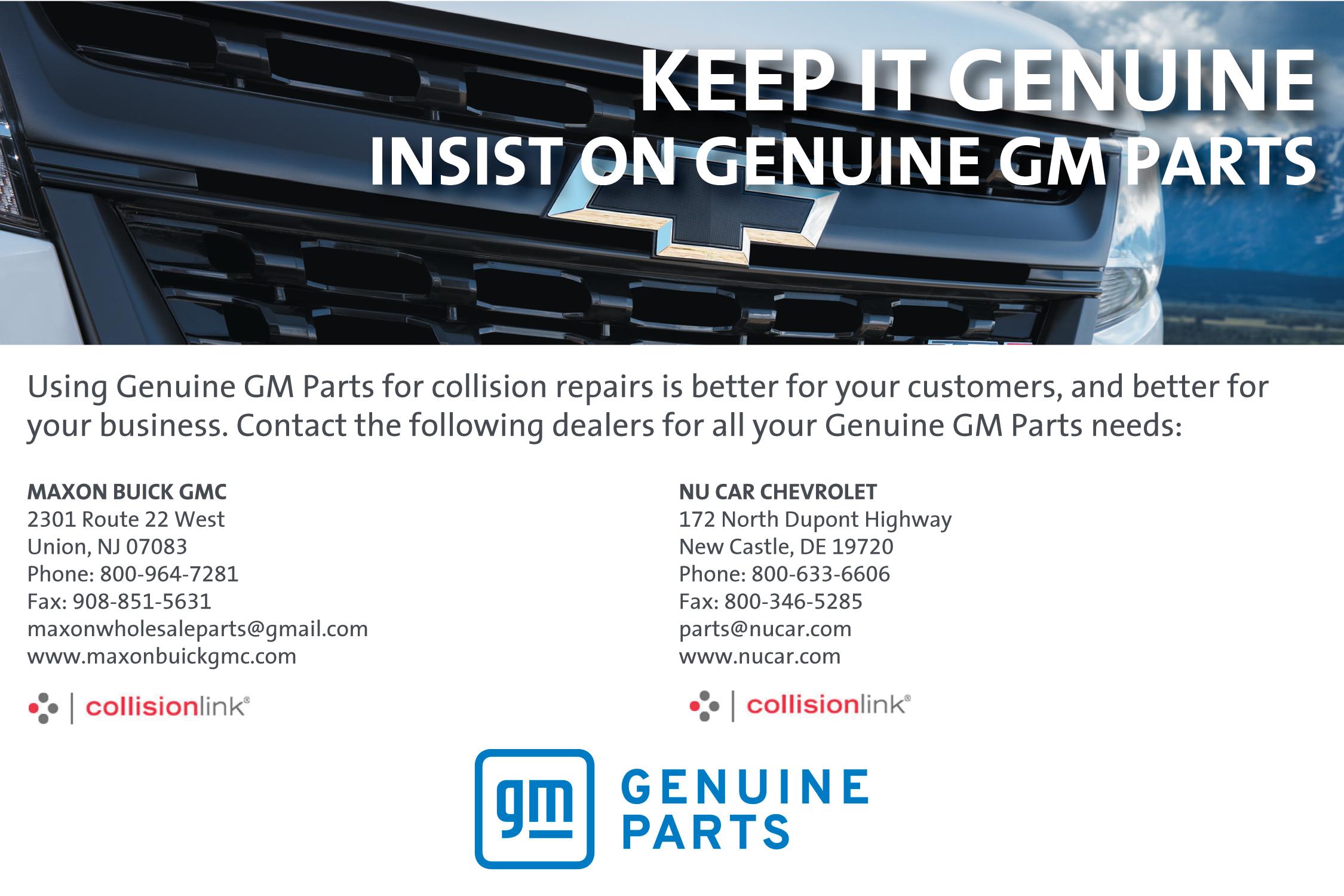
Following in the footsteps of fellow collision repair associations across the US, AASP/NJ has expressed their support in favor of proposed legislation in the Garden State that would require all automobile insurers to include a provision in their policy to allow for a fair appraisal.
SB 4534 was recently introduced in the New Jersey State Senate by Sen. Paul Moriarty (D-District 4) and has been referred to the Senate Commerce Committee to await next steps.
AASP/NJ has been vocal about this consumer right, which allows policyholders the option to an appraisal if they are in disagreement with their insurer on the cost of repairs. Recently, AASP/NJ hosted a general membership meeting to educate the collision repair community about the Right to Appraisal (RTA) with Attorney Thomas J. Cherichello. (See bit.ly/AASPNJRTA.) Members learned that invoking RTA involves both parties bringing in their own appraiser to assess the damage and needed repairs. If they can’t reach an agreement, a third party umpire is brought in. The final agreement is binding.
“The Right to Appraisal (RTA) is one of the few tools available to consumers when they disagree with their insurer over the value of a loss,” states AASP/NJ President Ken Miller (821 Collision; North Haledon). “In recent years, insurers have increasingly sought to reduce claim costs. At the same time, insurers have been removing the Appraisal
Clause from their policies or deploying tactics to discourage its use. These actions leave consumers with little recourse and place them at a significant disadvantage during the claims process. This critical consumer protection ensures that policyholders have a fair and independent process to resolve disputes over claim settlements. This legislation will restore balance by guaranteeing every New Jersey driver the right to invoke an appraisal process when disputes arise, regardless of which insurer they choose.”
AASP/NJ Board member Dean Massimini (Autotech Collision; Sewell) is hopeful this legislation will end the “take it or leave it” situation customers are in when dealing with insurance companies who have removed the clause from their policies. “Everyone should have the opportunity, just like with homeowners’ policies, to have a public adjustor come out and assess the situation.” He says policyholders have been taken advantage of for far too long and “this will hopefully give them a leg up by giving them an even playing field.”
The New Jersey bill is another example that collision repairers are not alone in dealing with this issue, as states including Texas, Rhode Island, Oregon and Washington have sought similar actions.
“We all want to see consumers be protected and not be taken advantage of,” adds Massimini.






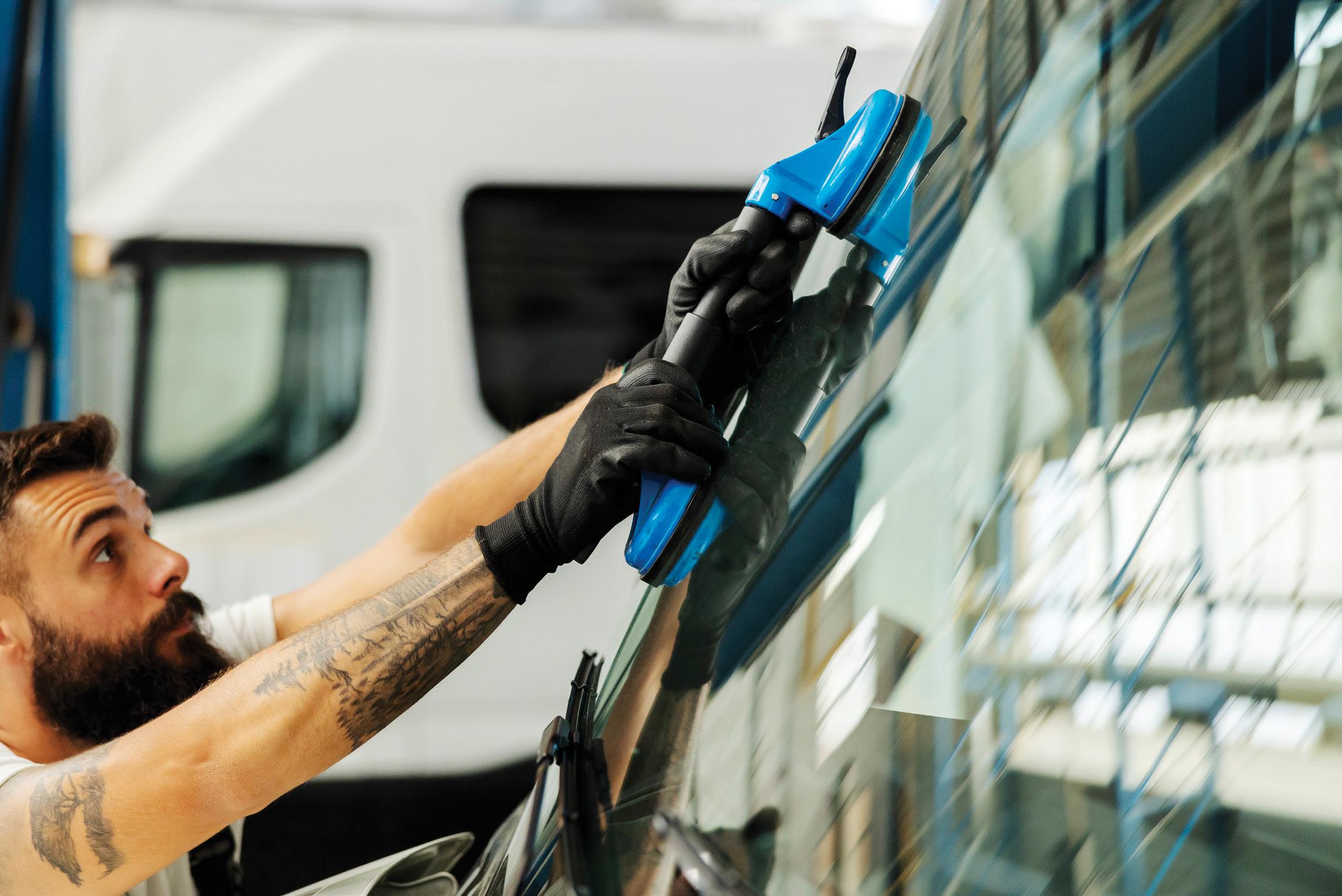

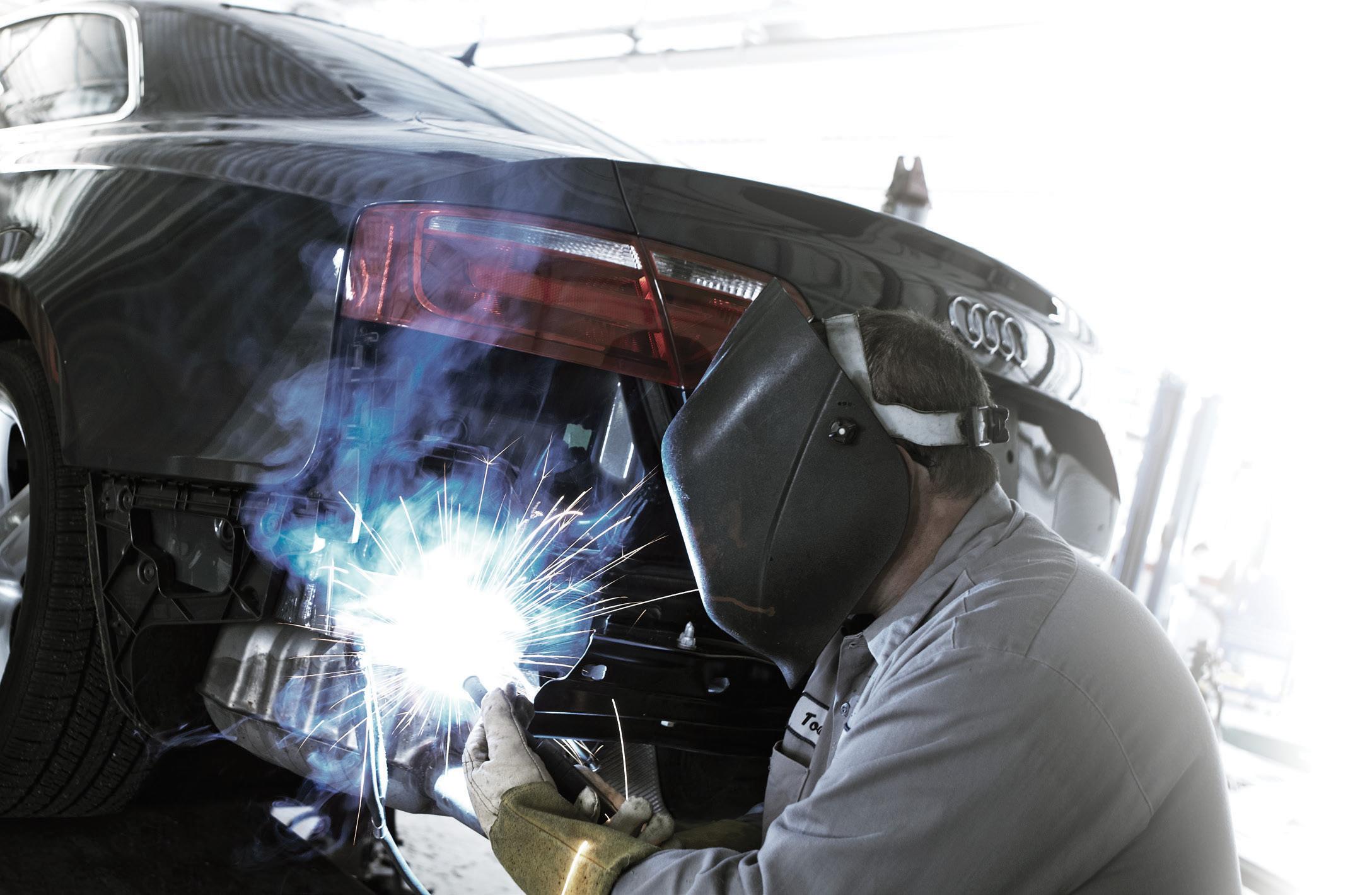
• Audi Parts Professionals are your subject matter experts on collision parts, replacement components and mechanical items.
• Many Audi dealers offer technical service support hotline access that can reduce your repair times and help you meet an on-time promised delivery.
• Installing Audi Genuine Parts contributes towards improved cycle time that makes both your customer and their insurance company happier.
Helping you do business is our business. Order Audi Genuine Parts from these select dealers.
Paul Miller Audi
179 Route 46 East
Parsippany, NJ 07054
Toll Free: 800.35.MILLER
Parts Direct: 973.575.7793
Fax: 973.575.5911 www.paulmiller.com
Bell Audi
782 Route 1 Edison, NJ 08817
732.396.9360
Fax: 732.396.9090 www.bellaudi.com
Jack Daniels Audi of Upper Saddle River
243 Route 17
Upper Saddle River, NJ 07458
201.252.1500
Fax: 201.254.1552
tbabcock@jackdanielsmotors.com www.jackdanielsmotors.com
Audi Bridgewater
701 Route 202-206 N Bridgewater, NJ 08807
929.600.9156
Fax: 908.595.0237
parts@audibridgewater.com www.audibridgewater.com

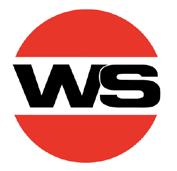
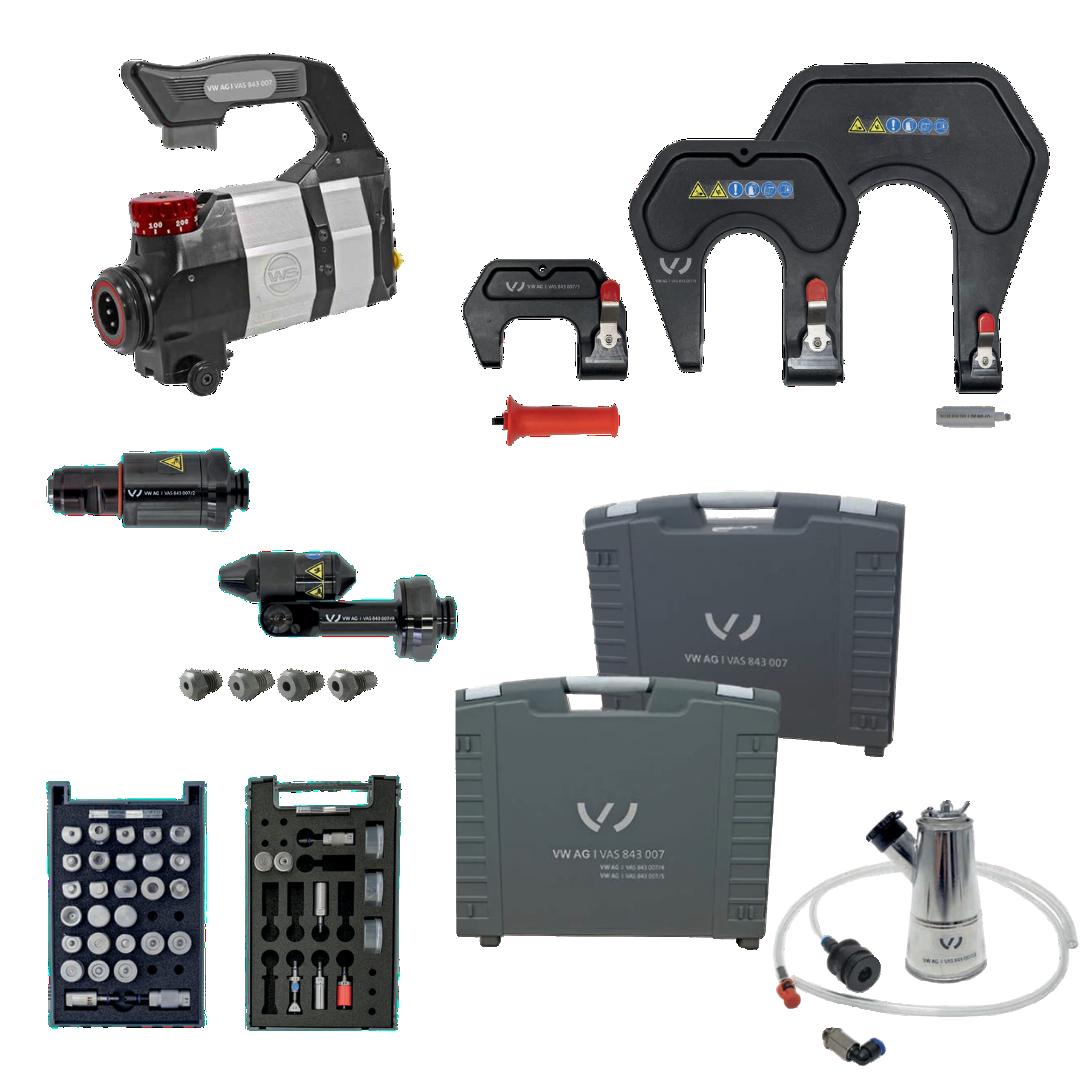
High Quality OEM-Approved Equipment
Expert Training & Certification Support
Full-Service Support
Trusted Industry Advisors
Fast Turnaround
Future-Focused

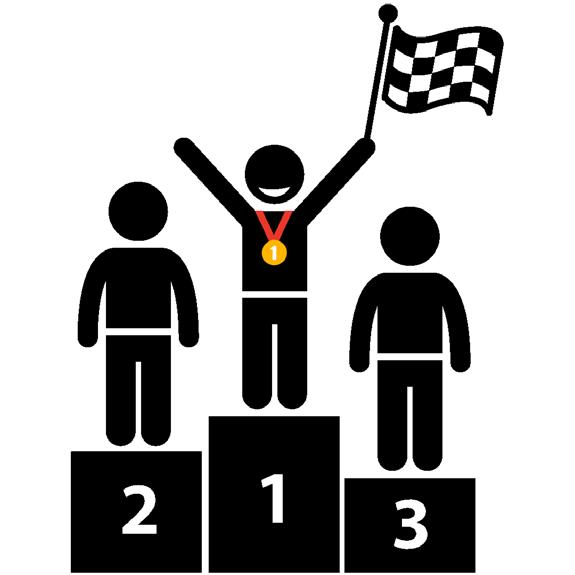
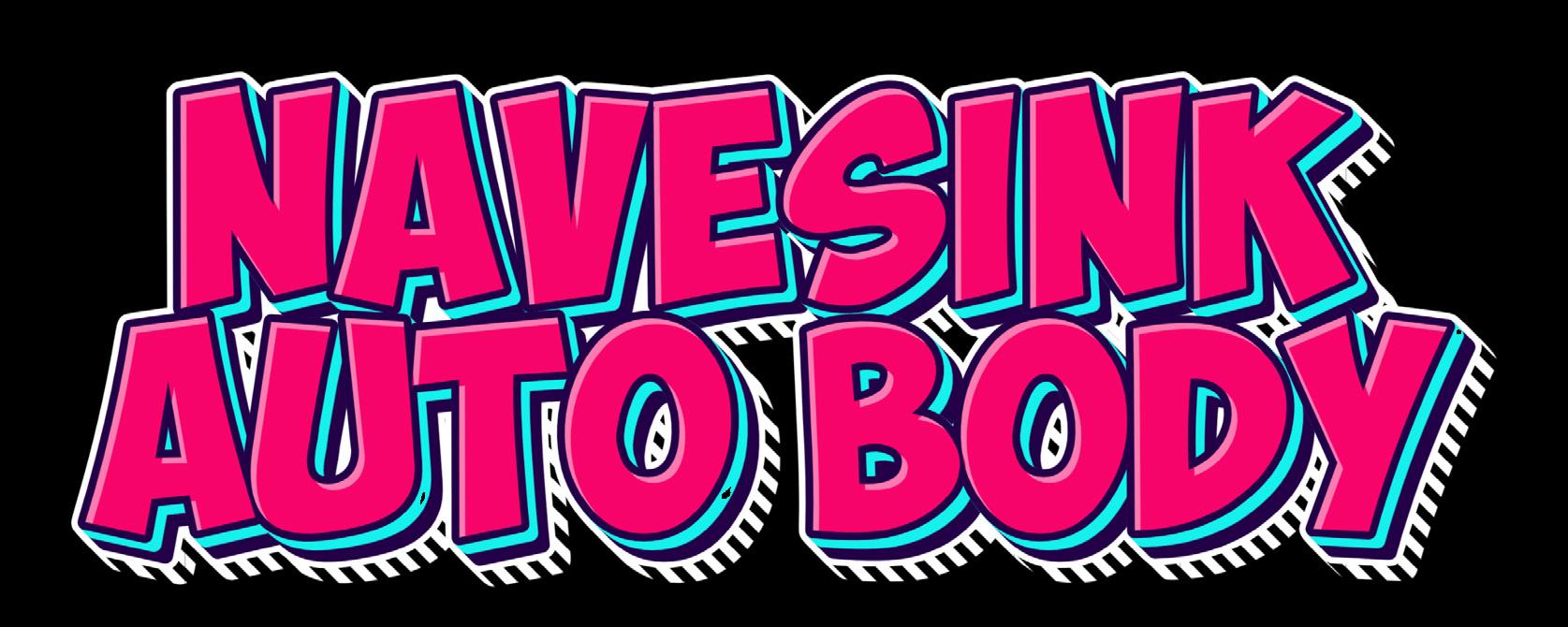
Sometimes, the right pieces just fit together.
Navesink Auto Body may have only recently opened its doors, but the experience behind those doors spans decades. In fact, the partnership of its owners, Pamela Marrazzo and Eric Richmond, was born right in the very same building they operate from. Although each started their collision repair path for different reasons, it was the former business they worked at – Tony D’s Auto Body – that brought them together and led to their eventual business partnership.
While working together over the years, they talked about partnering in their own business. When the owner and former business namesake of Tony D’s – Anthony “Tony” Della Pietro – passed away in July 2024,
it set them on a path to realize their own vision. In December 2024, that vision became reality.
“We had talked about starting our own business for a few years,” says Marrazzo. “I’m big on customer service, and Eric is focused on the details and perfection of the business. We thought we’d make a really good team. It was bittersweet, but we had always wanted to open our business at the same location.”
Unable to renew the previous owner’s business license, they started their own chapter with a new name – Navesink Auto Body –inspired by the nearby town where Richmond grew up.
Richmond and Marrazzo found their way into the collision repair field in very different ways. For Richmond, working with cars was
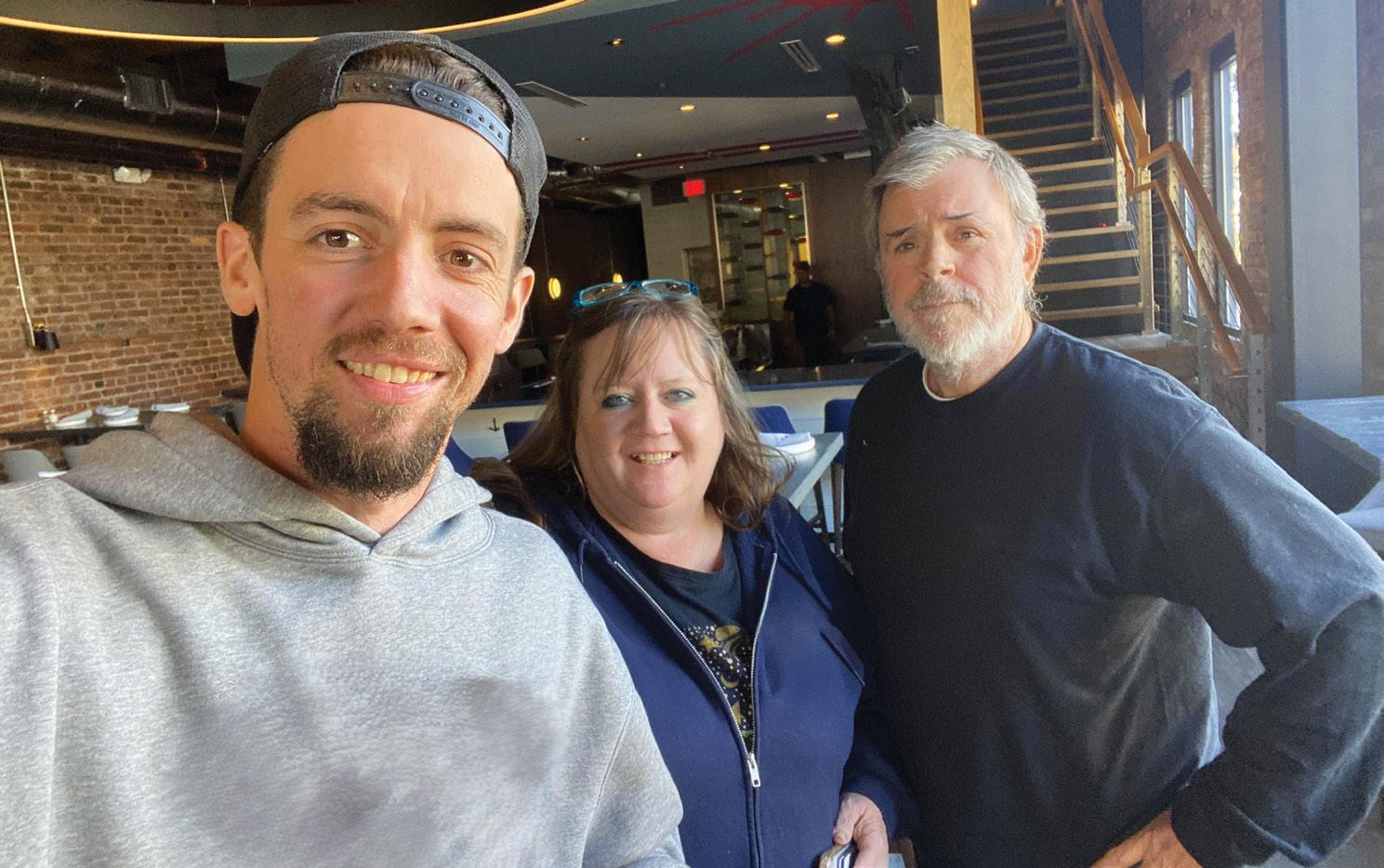
always something he wanted to do but for Marrazzo, it all started with an opportunity to get back on her feet.
“I was always a fan of cars,” shares Richmond of how his 20-plus year career began. “During high school, I went to vocational school for auto body. In my junior year, I entered the school work program where they place you in a shop, and Tony D’s Auto Body is where I happened to be placed. I worked at the shop for three years and then left for two years to do home improvement work. It didn’t work out, so I returned to this body shop and I’ve been here ever since.”
Marrazzo’s story is quite the opposite.
“I worked for a hair salon for many years. When I got pregnant with my fourth child, I made the decision to become a stay-at-home mom and focused on my family for the next 13 years.”
When she sought to re-enter the workforce, she was faced with challenges finding work. A friend told her that Tony D’s was looking for office help, and she got hired right away.
“I didn’t even know the difference between a tire and wheel,” she laughs while recalling her start in the industry nine years ago. “Eric was so patient with me, teaching me everything so I would understand the process more and more.”
Starting his own body shop business was a longtime goal for

Richmond. “Back in my senior year of high school, they made us write a letter to our future selves. I wrote then that I wanted to get married and to have a child – both of which I eventually did – and also to own my own body shop. Now, that goal has finally come to fruition. It was always a dream.”
Today, “It’s all about customer service,” shares Marrazzo. “When people come just after having an accident with the tow truck, they are shaken up. I calm them down and get them in a rental. They always come back happier. When someone goes through a tough situation like that and you help them through it, I think that’s an important part of it.”
Richmond agrees. “Customer service is big for us. We treat our customers like we’ve known them for years. We also try to be pretty reasonable with our pricing and be really fair with our customers so they keep coming back. So, it’s a combination of treating them properly and keeping a good line of communication open with them when their car is here. That’s our goal.”
Like most shops, one of the biggest challenges Navesink Auto Body faces is dealing with insurers.
“Ever since COVID, no insurer wants to come out anymore,” laments Marrazzo. “You need that face-toface and one-on-one interaction. They’ve also cut back on procedures like cleaning vehicles.”
“They put it back on the shop and tell us ‘it’s part of doing business,’” Richmond adds.
Inflation goes up for everyone, but the insurers seem to be “paying less and less all the time,” Marrazzo states.
Staying up to date with training and being involved with the industry are two things the Navesink Auto Body team takes seriously.
Richmond reports, “The shop is an I-CAR Gold Class repair facility. They offer in-person and virtual training, and we take advantage of both to maintain our status.” He has received I-CAR training in estimating, welding, high strength steel repair and aluminum. “You name it, we’ve taken classes on it,” he says. The shop’s commitment to training also involves Marrazzo and their full-time painter.
Marrazzo and Richmond also believe very strongly in the value of their AASP/NJ membership. They were involved with the association as
part of the previous business, and once they launched the new shop, signing up was one of the first things they did.
“I think I’d be lost without AASP/NJ over the years,” professes Marrazzo. “They give us so much help. I can call Charlie Bryant, and he’ll send me paperwork I can use as support when insurance companies deny claims.”
They also welcome the opportunity to attend the many training and networking events AASP/NJ hosts for its membership. “It’s nice to talk to other people in the industry and get opinions and outlooks from others,” she adds.
The current focus for the Navesink team involves upgrading equipment, hiring another technician and continuing business growth by way of word-of-mouth marketing, social media and involvement in the community. They’ve sponsored local car shows and advertised in their local church bulletin.
Both believe there is a certain satisfaction that comes from helping customers that they likely would not experience if they weren’t in the auto body field.
Richmond enjoys being able to work more directly with customers, which he was not able to do in his past shop manager role. He loves helping people, especially when he is able to ease a customer’s worry with the ability to inexpensively correct damage on something that isn’t a big repair.
“It really feels good to help people out,” he says. “They will remember us the next time they have a problem with their car,” adds Marrazzo.
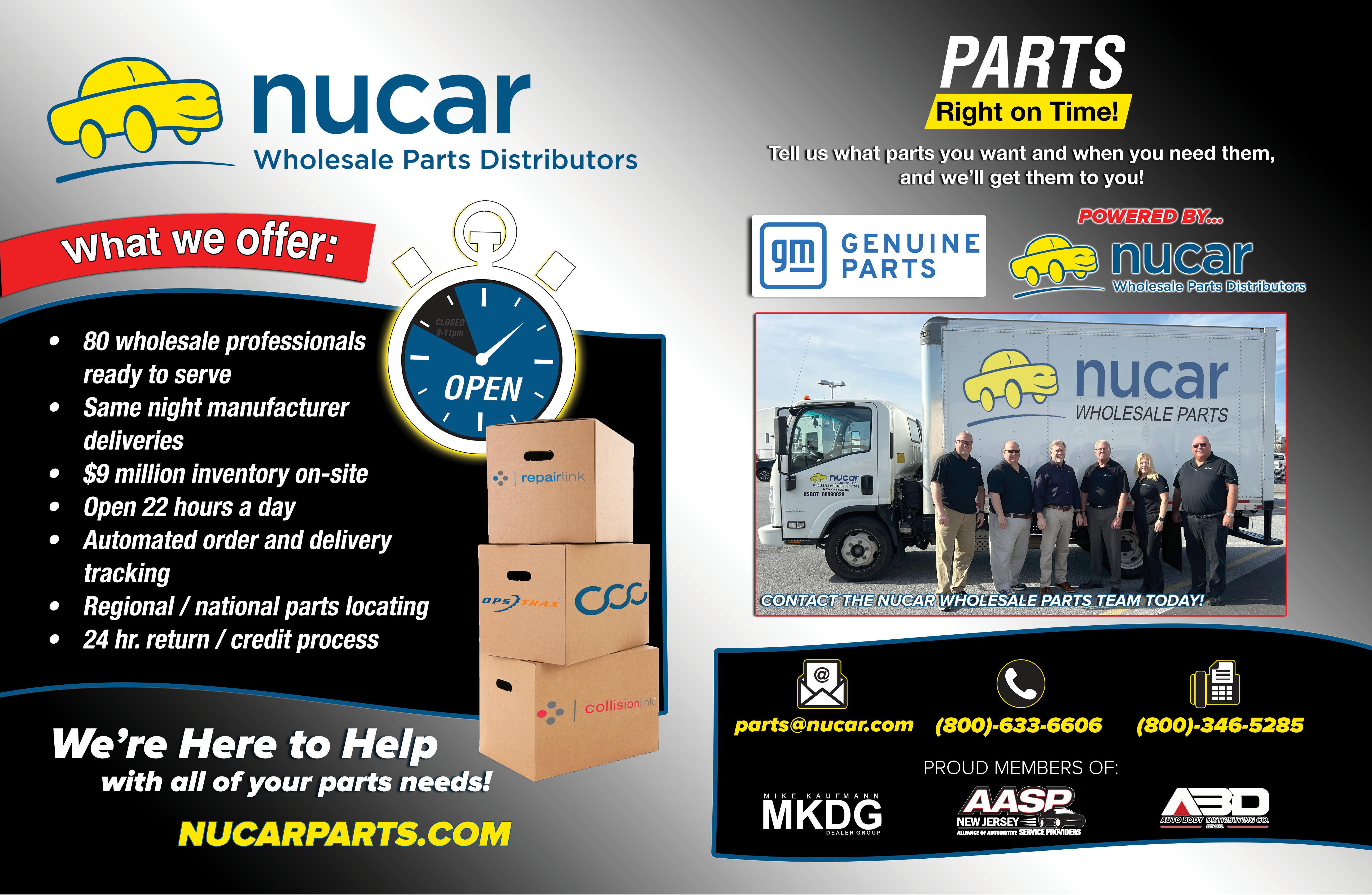

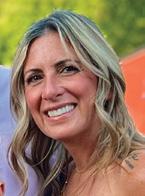
In an effort to grow its mechanical division, AASP/NJ recently welcomed veteran automotive repair and gasoline retail business professional Joe Ocello as its mechanical division executive director. The former head of the New Jersey Gasoline-C-Store Association (NJGCA) brings decades of experience to AASP/NJ, having owned and operated automotive repair and gas businesses for 46 years. He has multiple accreditations to his name, including ASE Master Technician, service consultant and under-car specialist certifications.
AASP/NJ President Ken Miller expressed his excitement about bringing Ocello on board. “Joe brings valuable insight and energy to the association, and we look forward to working with him as we strengthen and grow AASP/NJ’s mechanical division. His leadership will be instrumental in expanding support, resources and advocacy for mechanical repairers across the state.”
New Jersey Automotive sat down with Ocello to learn about his past experiences and discuss how they will help AASP/NJ achieve its goals for its expanding mechanical division.
New Jersey Automotive: What industry experience do you bring to your role as mechanical executive director of AASP/NJ?
Joe Ocello: I’ve spent 46 years in the mechanical field. I’ve always been a mechanic; I was trained by my father when I was just a kid. During my career, I went through a lot of training, and I had to retrain as new technologies came in from the 1970s to the 1980s, then from the 1980s to the 1990s and so on and so forth. About 30 years ago, I got my ASE master technician certification. I also hold service consultant and under-car specialist certifications. I’ve also had the opportunity to mentor and teach high school and vocational school students. They’d work part time for me as they went through school, and I’d
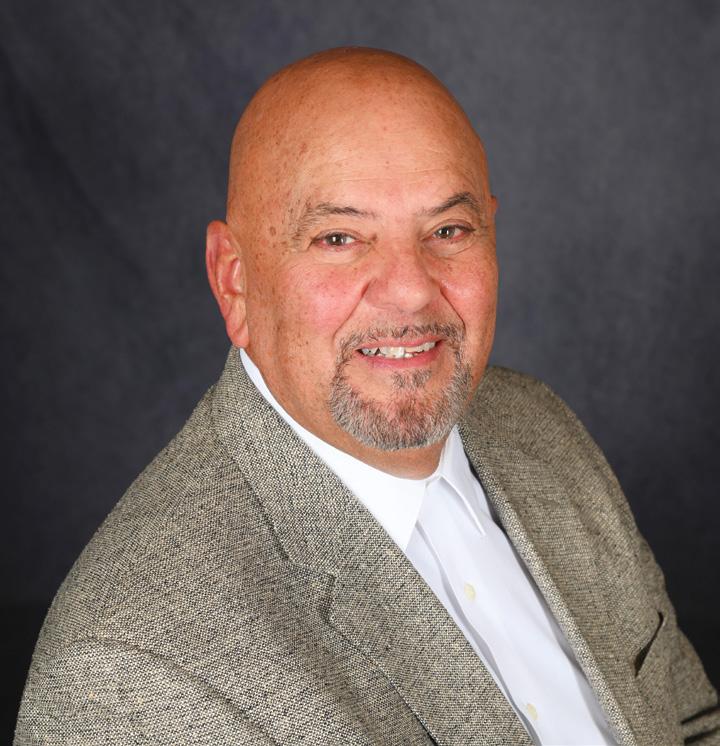
help them with their studies and to get their certifications.
NJA: Many may think of AASP/NJ as being largely collision repair-based, but its membership has always been open to mechanical shops as well. What are your main objectives for the association’s mechanical sector?
JO: To increase the mechanical side of the membership, and offer many different programs that are finetuned to the mechanical side, such as training seminars. I want to put as many different programs as I possibly can in front of them pertaining to oils, lubricants and whatever pertains to the automotive side of the industry.
NJA: What are some of the biggest challenges facing the mechanical side of automotive repair?
JO: I would say it’s finding good help in good technicians, although I do believe there is a change in the tide. I’m hearing more parents push their children toward vocational schools. As a matter of fact, I have grandchildren in vocational schools, and they have said it’s becoming hard to get into classes because they are so full. One of the biggest challenges is finding people who actually want to work and want to learn how to fix cars the right way.
NJA: How did you get your start in the automotive world? Tell us about your past experiences.
JO: I grew up in the business my father started back in 1947 after he served as an aircraft mechanic overseas during WWII. I probably started going to my father’s shop when I was around six years old. The beautiful part of growing up at that time in the business was that mechanics were not just parts replacers. You rebuilt things. It wasn’t just ‘take this off and put a new piece on.’ You had to learn how it worked, why it worked and make it work correctly again. So, that was one of the big pluses about that time. I find that, today, a lot of the people coming out of schools are parts replacers. They don’t know the theory behind it. They know some of the theory from being taught in school (if they went to a school), but they really don’t know how to fix a certain piece if one can’t get the part. Applied technology is what I always called it. After I started my own business, I also got involved with a lot of the different oil companies. For instance, years ago, Exxon had what they called the TBA program, where they sold tires, batteries and accessories, and it was all branded Atlas. So, working with those companies and having the opportunity to go to their factories where they tested all these products was a great experience. I later wound up working with corporate Exxon Mobil, promoting and training some of their repair facilities that were leased by dealers from the companies. That was exciting for me because I’ve always enjoyed sharing my experiences. When you first get out there when you’re young, you make many mistakes, but you will find that if you pay attention and correct those mistakes, you can maybe refine the repair side of it, improvise and do it in less time. I’ll go back to that term: applied technology. Just because you look at a book or you learn something from someone, it
doesn’t mean that is the best way to do it. Sometimes, there are alternative ways. I’ve had years and years of experience thanks to the opportunity to work with large corporations that ran bay facilities and helped train their new dealers.
NJA: With nearly five decades of experience in the automotive world, what would you say are the biggest industry changes you’ve seen over the years?
JO: Technology changes and staying up with the knowledge and equipment needed as a result. And today, we are moving even faster than ever before. When electronics first began to come into play over the decades from the 1970s into the 1990s, it was very minimal. But boy, when we moved from the 1990s to the 2000s, it began changing quickly. Now, there are changes and upgrades for computers and onboard systems every three to six months with some of the manufacturers. Technology is just changing so quickly, and they’re adding so much to it with autonomous vehicles, ADAS and things like that. I think now more than anything, it’s important to make sure you stay on top of the educational side and understand it because if you don’t keep up, you’ll get passed by.
NJA: You’ve devoted your entire professional life to automotive. What are your favorite things about cars? Do you have a favorite car?
JO: I’ve personally always liked the older muscle cars. I understand them very well. I was very involved in fixing, rebuilding and increasing horsepower and things like that. Today, my favorite car? That’s a tough question. I personally still like the American-built car. I think they do a great job. I think their technology is really good. Parts accessibility is much easier. Some foreign car parts are very hard to get. And there’s not always aftermarket parts available. I like General Motors. I’m not a Ford guy. I personally drive a pickup, a Dodge Ram diesel. It’s a great vehicle. It’s probably my third or fourth one. So, you know, I enjoy cars, period.
NJA: What do you love most about working in the mechanical automotive industry?
JO: I never got tired of being a mechanic. If there was any time I’d get worn out, it wasn’t from fixing cars. It’d be from the business side or dealing with people. Another big component for me was learning how to deal with people, especially learning to understand that female customers think differently. My wife, who has worked alongside me for the past 30 years, would always tell me to change the way I dealt with customers because a large percentage of them are wome. She explained that women shop differently than men. They weren’t questioning my ethics or integrity, but they wanted to understand what they were buying or purchasing. Once I understood this and concentrated on their needs and not my ego, the doors opened to a host of new opportunities, trust and clients. I do think our system has changed quite a bit since then, but it’s still a good lesson to keep in mind.
NJA: What would you say are the most important benefits of being part of an association?
JO: Opportunities. Most guys in business are wearing many different hats and don’t have the time to search for information they need, so having the ability to pick up the phone and know that there will be someone on the other line who can say, ‘I’ve got a guy for you’ or ‘I can get you that information’ is valuable. Also, one’s network increases as a result of the association, because you’re not just going to the one person you call. That person is in touch with a whole network. When I go to an AASP/NJ meeting or the NORTHEAST® Automotive Services Show in March, I talk to as many people as I possibly can. I’ll talk to all the vendors, learn what is new and exciting, what is coming out, and I can share information with shops about the membership, so they don’t have to search for it. It’s the best bang for your buck.
by
NJA: What are AASP/NJ’s best selling points for a mechanical shop?
JO: Education. Insurance programs. Everything to help you in your business. Being part of a group of professionals who are experienced as well as - and maybe much more experienced than - you are. To me, every day is a learning day, so if you can be around a good group of people – meaning the rest of the membership – that’s an opportunity you don’t get all the time because many of these members have many, many years of experience, and you can’t trade that for any education or any school.
NJA: Why is AASP/NJ the best choice for mechanical shops in New Jersey?
JO: AASP/NJ is already established. They’ve been around for decades and so have many of their members. They’re well seasoned, and you can’t put a price tag on a well-seasoned person who has been successful and made it through all those hard years. Good and bad. I look at it and say, ‘If I can help 10 people avoid one or two of the same mistakes that I made, just think how much further ahead they’ll be.’ How do you put a price tag on something like that? AASP/NJ has those people. Because it’s such a well-renowned association, they have many contacts in the industry, with equipment and training – all these options that are in front of you all the time.
NJA: Lastly, what message do you have for AASP/NJ mechanical shops?
JO: I’m available all the time. No question is too foolish or too small. Never feel intimidated to pick up the phone and call, because it may save you not only dollars, but time and grief. You don’t have to sweat it out yourself. We are there for our members. That communication line is always open.

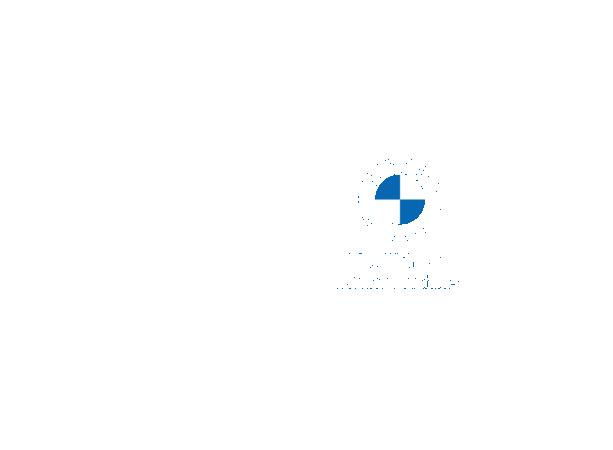
BMW of Springfield
391-399 Route 22 E. Springfield, NJ 07081
Toll Free: 800-648-0053
Fax: 973-467-2185
bmwofspringfieldnj.com
BMW of Bridgewater
655 Route 202/206
Bridgewater, NJ 08807
PH: 908-287-1800
FAX:908-722-1729
bridgewaterbmw.com
©️2025
Circle BMW
500 Route 36
Eatontown, NJ 07724
Parts Direct: 732-440-1235
Fax: 732-440-1239
wholesale@circlebmw.com circlebmw.com
Park Ave BMW
530 Huyler Street
South Hackensack, NJ 07606
PH: 201-843-8112
FAX:201-291-2376
parkavebmw.com
Paul Miller BMW 1515 Route 23 South Wayne, NJ 07470
PH: 973-696-6060
Fax: 973-696-8274 paulmillerbmw.com
BMW of Bloomfield
425 Bloomfield Avenue Bloomfield, NJ 07003
Parts Direct: 973-748-8373
psantos@dchusa.com
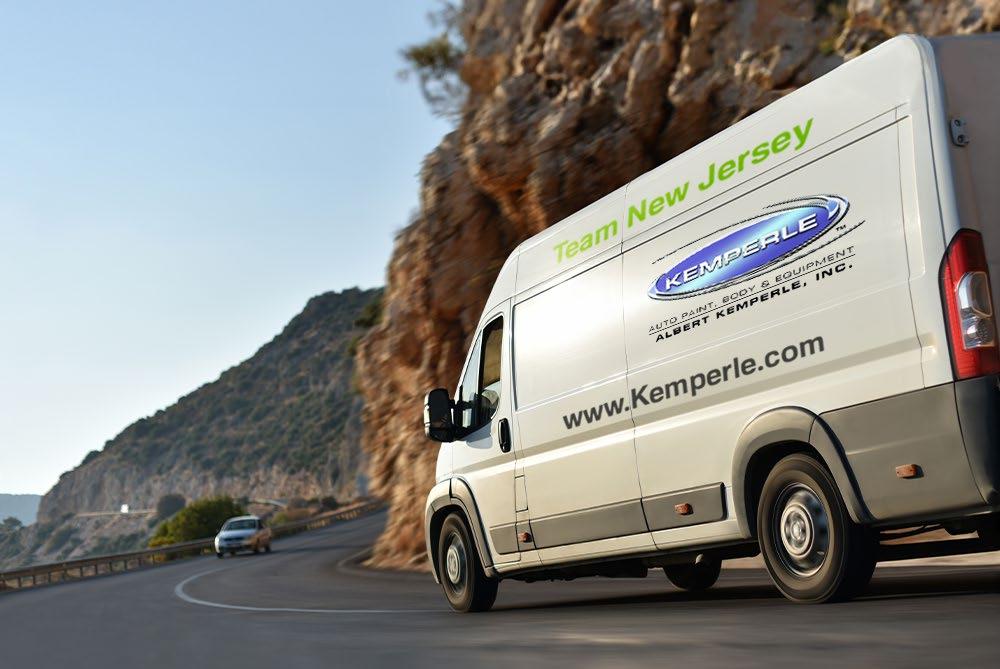

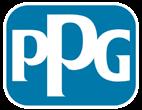
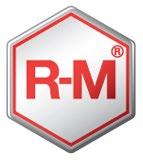
Kemperle represents hundreds of the industry’s top manufacturers and stocks thousands of their superior products. With more than 50,000 products available to our customers, Kemperle’s locations are uniquely equipped to find the products you need.
KEMPERLE PERFORMANCE DRIVEN PRODUCTS
Abrasives | Adhesives | Body Fillers & Polyester Putty | Clearcoats Detailing Products | Hardware | Masking Products | Prep Solvents/Cleaners Primers/Sealers | Reducers | Spray Suits | ...and more
PINNACLE EQUIPMENT
U.S. Importer for Car Bench International
NJ TRAINING CENTER
• Hands-on technical training
• Classroom seminars
ON-SITE MOBILE DEMONSTRATIONS & TRAINING
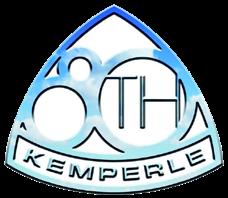
626 E. Elizabeth Ave
Linden, NJ 07036
P: (908) 925-6133
F: (908) 925-4344
414-416 Madison Ave Paterson, NJ 07524
P: (973) 279-8300
F: (973) 279-9030
100 Melrich Rd
Cranbury, NJ 08512
P: (609) 860-2800
F: (609) 860-2801
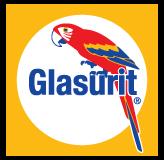
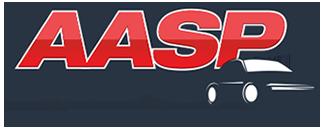



Linkedin.com/company/albertkemperleinc
For information on Careers please send inquiries to WWW.NJMARKETING@KEMPERLE.COM
631 Clifton Ave Toms River, NJ 08753
P: (732) 797-3942
P: (862) 244-4818
F: (862) 244-4822
F: (732) 797-0774 4 Emery Ave Randolph, NJ 07869
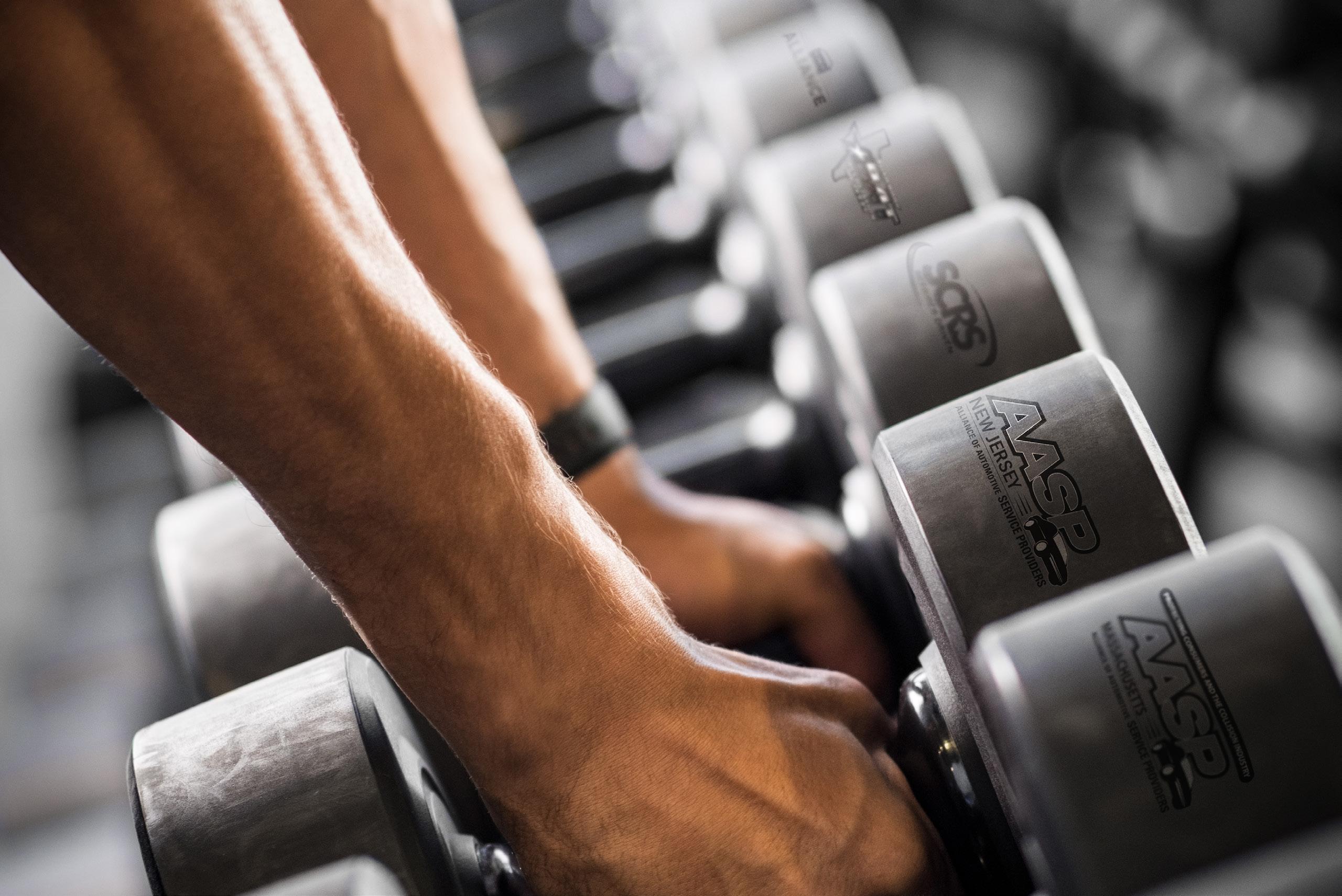
Every day, the collision repair industry changes. Shops face a heavy load of challenges that come in many forms – from consolidation and workforce shortages to technological advances and contention with thirdparty payers. Yet, the need for vehicle repairs remains consistent, demanding shops keep up with the constant evolution of the industry to remain competitive and profitable. Those unwilling to put in the work to strengthen their businesses just might see their doors shuttered before long.
But what are the biggest changes and challenges facing the industry? And how can shops make sure they’re strong enough to carry the burden? New Jersey Automotive sat down with AASP/NJ Executive Director Charles Bryant, Alliance of Automotive Service Providers of Massachusetts (AASP/MA) Executive Director Lucky Papageorg, Society of Collision Repair Specialists (SCRS) Executive Director Aaron Schulenburg, Auto Body Association of Texas (ABAT) Executive Director Jill Tuggle and AASPMN Executive Director Linden Wicklund, who weighed in on some of the biggest challenges they’re seeing in their regions and offered suggestions on how shops can build the business muscle needed to survive the onslaught.
Wicklund offered a very valid reminder that is worth sharing before we dive into the responses given by the industry leaders above: “In answering these questions, it is easy to make generalizations that cast criticism or
give the sense that the issues facing the industry are straightforward. They are the right questions, but these are tricky topics. Trying to distill down the enormity of what shops are facing into a few sentences does not capture the reality of what shops are grappling with. I know that is obvious, but I don’t think it is said enough. It needs to be said loudly and repetitively, so shops that are struggling don’t feel alienated by other shops or lose hope because they see the struggle around them. Independent shops have lasted for good reason, and they will continue to do so.”
New Jersey Automotive: Although the collision repair industry continues to be in high demand, it faces a number of challenges which forces constant evolution. What do you see as the biggest changes impacting shops today?
Charles Bryant: The biggest change is the car itself and how vehicles have evolved. Today’s cars are computerized and contain tons of electronic components which need to be recalibrated after an accident, and shops need the right tools, equipment and training to do that.
Lucky Papageorg: The challenges in keeping up with the advances in technology because of the very low ROI when investing in training, equipment and keeping and
attracting new talent to the industry.
Aaron Schulenburg: The obligation to perform safe and proper repairs has never been more critical – especially when it comes to structural components and safety systems designed to protect occupants. There are many external, commercial entities trying to influence what processes, parts and tools shops use, but the repair facility ultimately holds full responsibility for the decisions made during the repair. That accountability hasn’t changed, but the external pressure is increasing significantly.
Those decisions must be rooted in OEM procedures and factory information, yet we’re seeing growing resistance to proper safety inspections, adherence to repair procedures and even third-party service providers entering agreements with insurers that dictate pricing. Often, these agreements include end-user license terms that subtly shift liability back to the shop – it’s essential to read those closely.
At the same time, vehicle technology continues to advance rapidly, adding to repair complexity. Combine that with rising costs for materials, labor and outsourced services, and you have a perfect storm driving up the total cost of repair while putting more pressure on shops to do more with less.
Jill Tuggle: Economic changes are being felt really heavily right now. Many of us saw this coming in some regard because there were warnings, but none of us expected the way it actually showed up. Part of the problem for shops lies in insurers’ insistence on decreasing labor rates by $5 to $8 per hour, which presents additional pressures in a time when claims are down and the cost of living has increased.
Linden Wicklund: The biggest disrupter for shops – both mechanical and collision – seems to be a few different things coming together to make a perfect storm: Baby boomers who own a large percentage of independent shops are retiring, investment companies are buying up businesses and consumer spending habits are changing. Boomers selling at the same time that investment companies are looking to buy is an obvious
threat to the share of shops remaining independent. Consumer preferences might seem a bit removed from that, but as shops are given a facelift that looks like professionalism when they are bought out, customers may increasingly see this as an improvement in quality regardless of what actually goes on in the shop.
NJA: Many independent shops may view consolidation as a huge problem they’re forced to contend with. Why does consolidation create challenges, and how can independent operators overcome those concerns?
CB: The biggest problem is consolidators controlling industry rates by lowballing and working on volume; it’s difficult for independent shops to compete with that. If the consolidators were smart, they would lay down the law and tell insurers, ‘This is how much it takes to fix the car, period’ because they hold a large enough market share that they could make a positive impact. Until they do that, I’d urge independent shops to focus on performing quality repairs and refusing to accept the nonsense that insurance companies try to demand. After all, the insurer isn’t liable for the repairs; the shop is. Too many shops buckle to the insurer and make concessions on how they repair a car just to get the work, but the potential ramifications aren’t worth it.
Instead, shops should educate their customers and adopt a customer pay model if the insurer refuses to compensate for necessary repairs. Non-DRP shops do not have a contract with the insurer, so the carrier can tell them to take a hike, but they cannot do that to the policyholder with whom they have an indemnity contract. Typically, a consumer who pays the difference and submits their costs to their insurer will get paid because of that contract. A lot of shops are hesitant to bill their customers because they ‘don’t want to do that to them,’ yet they’re willing to let them drive away in a potentially unsafe vehicle. Insurance companies need to get with the program and recognize the complexity of today’s cars, but until they do, shops need to stand firm in their determination to do the right thing for their customers, which means properly
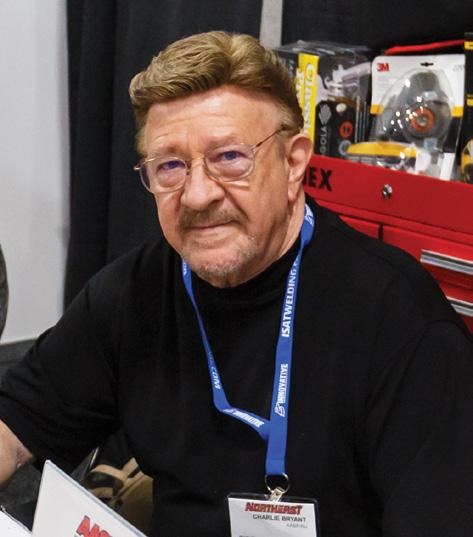
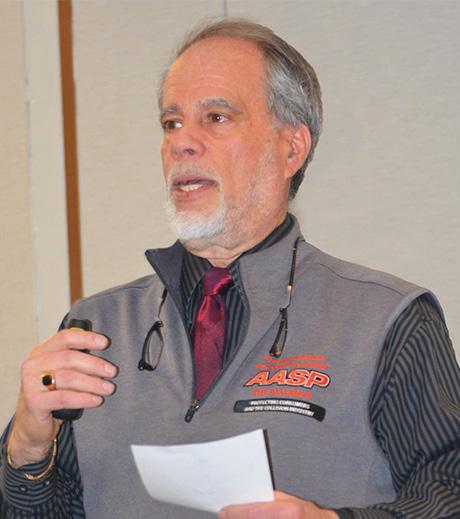
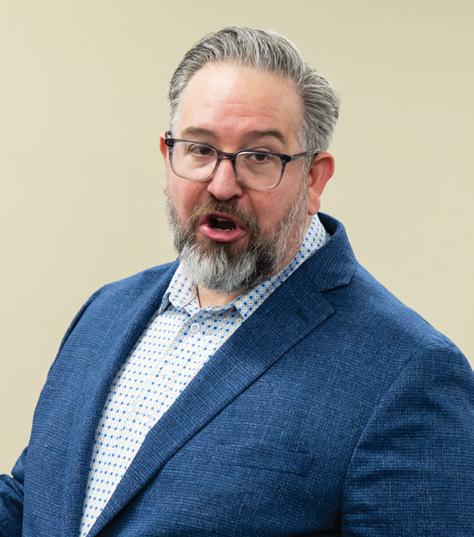

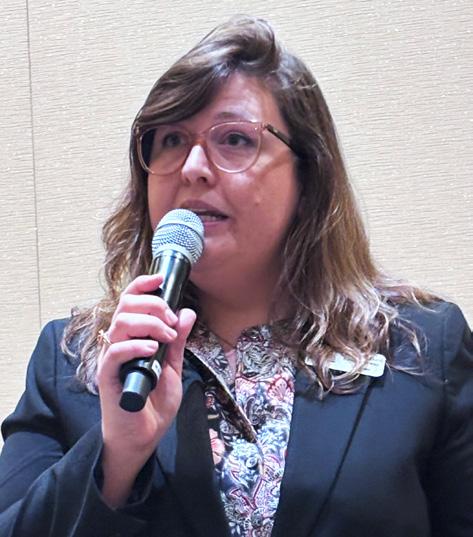
repairing those vehicles to their pre-accident condition following OEM guidelines.
LP: Part of the issue regarding consolidation stems from some shop owners not knowing the true value of their business by either selling themselves short and leaving too much on the table or having truly unrealistic expectations of what they are worth. The other challenge is thinking that they have to jump on the consolidation train as their only way of surviving rather than expending the energy to make themselves unique and appealing to potential customers who do not want the big box store type of service.
AS: Anytime you have larger entities that are focused primarily on volume and growth, there’s often pressure to make agreements and concessions on how the repair process and claims process intersect. This can create confusion for customers who are told by some shops that certain steps aren’t needed or that others will do the job for less.
The concern around consolidation often comes from the presence of well-funded businesses that prioritize acquiring market share above all else. That can tilt the playing field. Businesses who have invested in their culture, their people, their capabilities, their communities and their commitment to the vehicle owner still have a clear path to stand out. There’s an opportunity to differentiate through commitment to process, transparency and relationships. Customers recognize and value that.
JT: Shops should recognize that consolidators rely on a completely different business model. Instead of trying to compete, they should lean into their identity as an independent shop by pushing consumer education and engaging with their local community – because they are part of that community, and MSOs cannot compete with that. Find new ways to differentiate your shop by focusing on providing a higher customer service experience and possibly seeking out those certifications that you’ve been putting off.
LW: In addition to customer perceptions, the speed of buyouts is increasing the pressure as some shops are feeling the need to ‘get out while they can.’ The other big factor is buying power; those with national contracts can get better pricing than individual shops can. Independents need to differentiate themselves and have a clear understanding of how they can serve their customers better than the competition. The challenge is knowing what this looks like from the customer’s perspective. Badmouthing the quality of repairs coming from consolidators is not an effective strategy.
It is worth noting that consolidation is a big topic on the collision side, but it is also happening on the mechanical side. The market squeeze from national quick-service operations popping up is a clear indicator
of what customers are looking for.
NJA: Rising costs present another obstacle for shops to overcome, especially as they continue to face pecuniary pressures from third-party payers. What are the best ways for shops to clear that hurdle?
CB: Educate yourself. Every shop should belong to their local and national associations and take advantage of the training opportunities! Beyond that, they can simply lay the law down. It’s a joke (though it’s not funny) how insurers use the 15 percent of shops that are DRPs to control the other 85 percent, but those shops get concessions to compensate for their restrictions, which non-DRP shops don’t get, such as being able to act as the appraiser. That gives DRP shops the opportunity to adjust their hours to ensure they’re remaining profitable.
LP: BE MORE PROFESSIONAL IN THEIR APPROACH and overcome the fear...put the time in to explain what insurers are doing and why. Just as in the medical field, the vehicle owner may have to pay upfront and seek reimbursement from the insurer to be fully indemnified as per the policy they purchased. Shops have to take a stand and STOP subsidizing an industry which announces from the mountaintops how much profit they are making – profit at the expense of the vehicle owner and the collision repairer.
AS: The biggest issue with rising costs is when businesses fail to track them closely or adjust quickly. If you’re not actively monitoring your costs – and updating your pricing to reflect them – you’re likely already behind. Everyone involved in the repair planning and billing process needs to understand and communicate real-time costs accurately. For example, if your part-code tables or pricing systems aren’t updated to reflect your charges, inflation will outpace your revenue. More responsive estimating and invoicing tools can help ensure your pricing aligns with actual costs and profit expectations. Ultimately, staying agile and informed is key.
JT: It’s more important than ever to ask good questions, present the right documentation and be willing to challenge insurers when they refuse to pay for certain operations. Shops can also make their voices heard with their local Department of Insurance and by keeping labor rate surveys, like the National AutoBody Research’s (NABR) LaborRate Hero and insurer surveys, updated with their actual door rates. This will help lay the groundwork for future fights on their behalf. In the meantime, it’s worth considering a customer co-pay model.
LW: Shops need to know their numbers: what their profit margins are on every element of a repair, how many repairs they need to be doing to cover general overhead and when to turn away certain jobs. Third party payers
are a major challenge, but mechanical shops are also faced with repairs being turned down. Maybe there is more to learn from one another with that.
NJA: Even as the number of shops dwindle due to the aforementioned issues, workforce shortages continue to plague the industry as experienced technicians near retirement and fewer young people are entering the trade. Some estimates suggest as many as 100,000 positions could be unfilled by 2026! Where can shop owners/managers find qualified talent? Are there ways for them to proactively cultivate an incoming workforce?
CB: Not to keep harping on the same topic, but the labor rate is the biggest deterrent to attracting more talent to our industry. When body shops are working for $50-$55 an hour, they cannot pay someone a decent salary. Why would a young man or woman come to work in such a physically and mentally demanding job when they can make the same amount – or more! – working at Amazon? Or they can go to work at a mechanical shop and make nearly double what they could make in a body shop. Until our labor rate realistically addresses the cost of doing business and allows shops to fairly compensate workers, this problem is going to persist; we aren’t going to attract new talent into our industry.
LP: Offering apprenticeship opportunities in their shop and getting involved with their local technical schools is a good place to start, but they also need to look outside the box and always be seeking new sources of employees, whether it is at the local fast food venue or at a store selling gaming equipment. Think outside the box!
AS: Attracting and retaining talent starts with building the right culture. Shops that only focus on hiring the next ‘A-tech’ on-demand are likely to continue struggling. The most successful businesses I’ve seen invest in developing their own people. They foster mentorship, support interdisciplinary training and create collaborative environments where employees have a voice in shaping both process and culture. Even in tough labor markets, these shops grow and retain experienced staff.
Culture isn’t just about what happens at work – it’s also about how a business supports its people outside of work. Do they offer strong benefits? Are they helping create better financial planning? Do they provide flexible scheduling that respects work-life balance? These things matter. As an association, SCRS has been working to provide tools and resources – such as our 401(k) resource (scrs.com/401k) or healthcare insurance (scrsbenefitscenter.decisely.com) which help our members become better employers in this regard.
JT: It starts with keeping a good culture for the employees that shops already have, which includes creating incentives that encourage employees to help with efforts
to grow their own talent. Because consolidators have different resources that often allow them an edge, smaller shops need to lean into their identity by engaging in their local community, getting to know people and seeking out opportunities to attract more young people to the industry – whether by partnering with local schools or simply developing relationships with neighbors and friends which might give them an opportunity to learn that someone they know is seeking a new position.
Shops can also embrace some of the more technologically advanced methods for finding talent, such as bodyshopjobs.com, which was created specifically to help independent shops find employees.
LW: This is an interesting question because in the past 18 months, I have had so many shops say this is no longer an issue, yet the numbers clearly suggest a major shift is coming. The conversation has gone from not being able to find anyone to there being enough entry level people, but too few people with advanced skills. Replacing a top-level performer with a top-level performer is not easily done unless the shop is promoting someone internally. Shops need to pay close attention to retention. Sending a B-tech to host a table at a career fair might be just the thing to give them a sense of pride in the work they are doing and pay off even more than picking up some student names. MNCARS has resources shops can use when visiting a tech school. Being on a school advisory board builds direct relationships with faculty, which is a great way to get leads on new graduates. Techs need clear growth pathways at every level of their careers.
NJA: For many, advancing vehicle technologies (ADAS, EVs, AI and even OEM certification) are costprohibitive as they simply cannot afford to invest in specialized tools, equipment and training. On the other hand, shops that have made those investments have seen growth. How can advancing technology benefit shops, and what advice would you offer to shops that are reluctant to ‘make the leap?’
CB: If a shop owner is reluctant to make an investment in advancing technology, it’s time to go work at a bakery or do something else because embracing technology isn’t coming in the future, and it’s not an option. It’s happening now, and it’s necessary. If a shop is fixing cars without investing in the tools, equipment and training to deal with current technology, they have no place in this industry. It’s not possible to correctly fix these cars without making those investments!
LP: It is a hard decision, which takes a ‘leap of faith.’ I recommend looking to leaders in the industry who have already taken the leap for guidance and information. Turn to your local and national associations for training. Get involved. Attend meetings and seminars, and join a 20 group. Look to great industry consultants like Mike continued on pg. 34
Anderson of Collision Advice…do not get trapped in a silo!
AS: If you’re repairing today’s vehicles, you really have two options: invest in the training, tools and equipment to do the job right, or partner with another facility that has.
Modern vehicles are highly complex. Safe, proper repairs require the correct equipment, knowledge and environment. Anything less is
simply not an acceptable alternative. Shops that have made these investments often see significant growth – not just in capability, but also in trust, reputation and market position. For those hesitant to invest, start by building partnerships or specializing in what you can support. But ultimately, aligning with advancing technology isn’t optional –it’s essential for long-term survival.
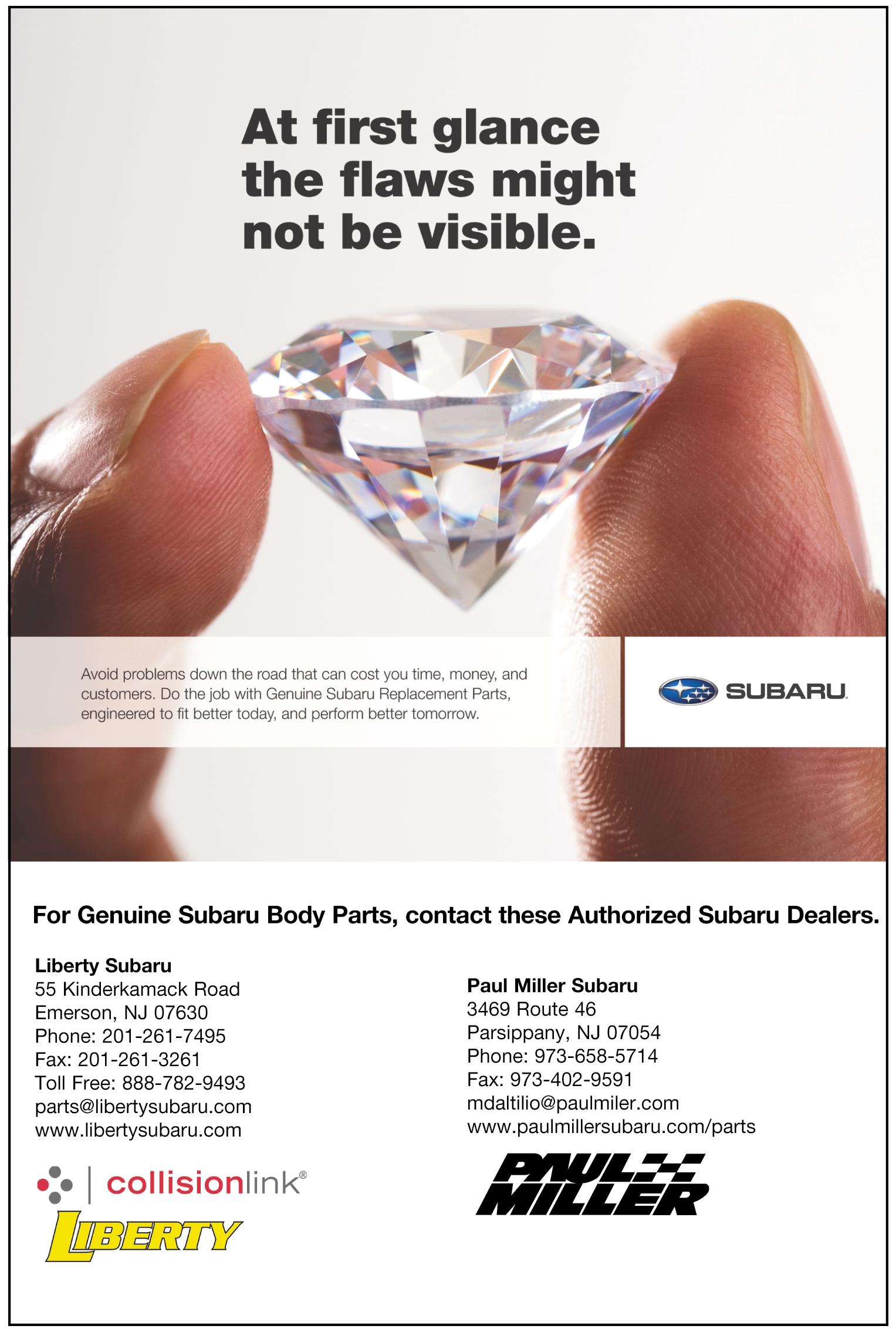
JT: Networking with other shops that have gone through that journey is really important, and that’s where your local state associations come in. A lot of markets struggle with feeling like they’re talking to competitors, but when you’re part of the association, you realize that we’re all on the same team; you can call the guy down the street to talk about what you’re considering, and he can share his successes and shortfalls. That also provides an opportunity to differentiate your shop by seeking out different avenues. Seek advice from wise industry professionals who aren’t trying to sell you on a specific path, those you are willing to simply help you weigh your options. And always pay attention to the type of person you’re talking to; you’ll get the best advice from those who are trying to unite the industry versus those seeking to create division.
LW: The real question here is how many repairs are not being done in full because shops don’t have the procedures in place or don’t even know where to start with identifying all of the repairs that need doing. Once what needs to be done is identified, then it needs to be sold to the customer, and then done in a way that turns a profit. Outsourcing and building relationships with other shops can make a big difference in retaining customers while not jumping into more than a shop is ready for. Shops need to understand how widespread these technologies are and that they are likely already working on vehicles that need these sorts of repairs, and they just aren’t doing them.
NJA: They say that ‘only the strong survive’ – do you think that’s true when it comes to collision shops in the current environment? With so many changes coming at lightning speed, how can shops strengthen their positions to ensure they are among those that survive the evolution of the industry?
Transform your body shop's efficiency and profitability today with precise measuring solutions from Car-0-Liner® . Don't miss out on faster repairs, superior quality, and increased revenues. Upgrade now!

ADVANCED SYSTEM FOR UPPER AND UNDER BODY MEASURING

®
The sensor-equipped measuring slide delivers real-time data three times per second to the advanced and easy-to-use software.
SPEED UP THE REPAIR PROCESS , �
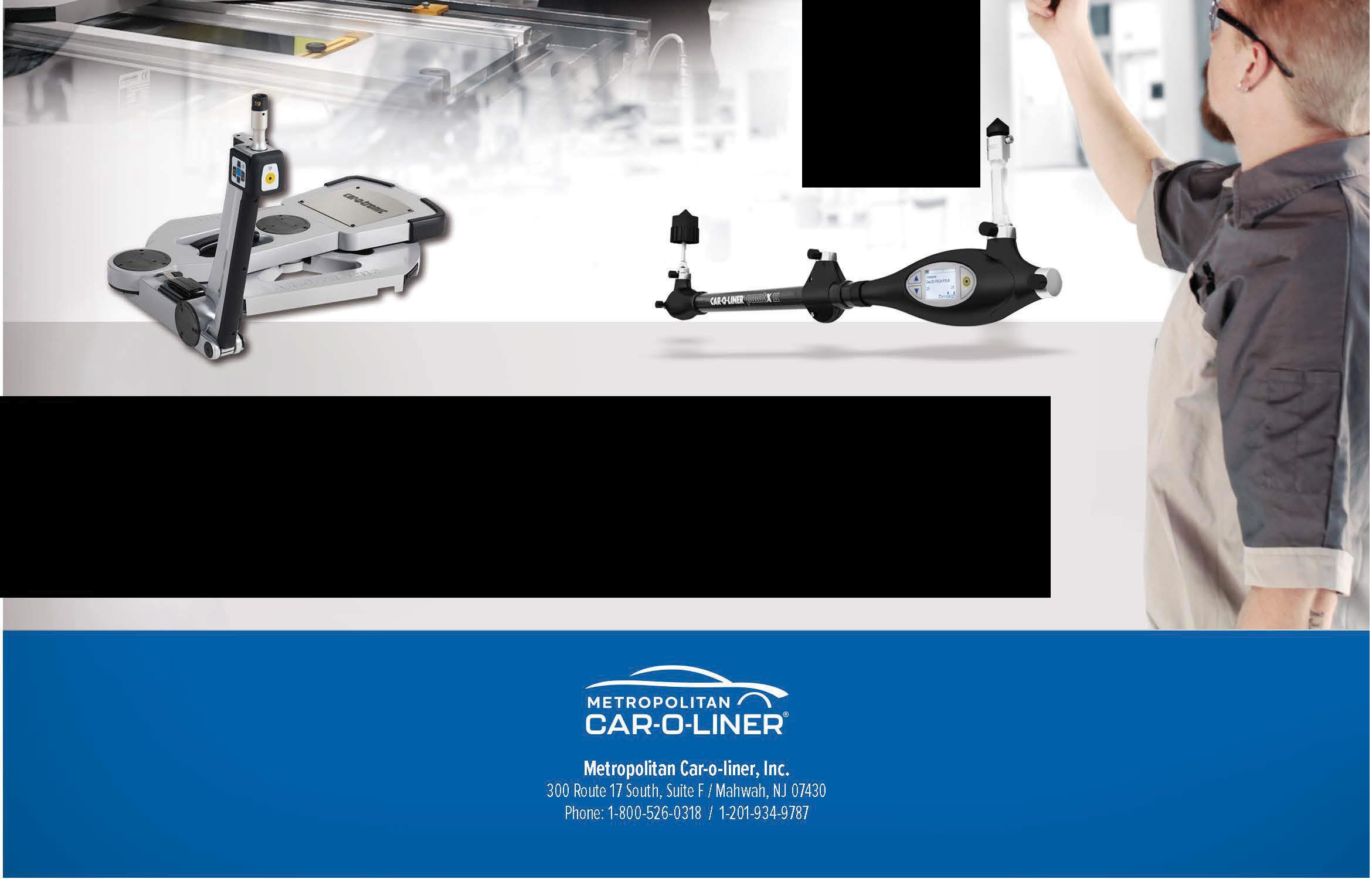
® II
Measuring tool provides fast and accurate diagnostic measuring so you can start and complete repairs faster than ever before.

David Yeager - EL & M Auto (800) 624-2266 / elandmauto@aol.com
Ed Silipena - American II Autos (609) 965-0987 / esilipena@yahoo.com
Norm Vachon - Port Murray Auto (908) 689-3152 / portmurrayauto@yahoo.com
Dillon Rinkens - East Brunswick Auto (732) 254-6501 / ebautonj@comcast.net
President - Rodney Krawczyk Ace Auto Wreckers (732) 254-9816 / aceautonj@comcast.net
1st Vice President - Daryl Carman Lentini Auto Salvage (908) 782-4440 / darryl@las-parts.coms
2nd Vice President - Mike Ronayne Tilghmans Auto Parts (609) 723-7469 / tilghmans@snip.net
Past President - Bob Dirkes Dirkes Used Auto Parts (609) 625-1718 / dirkesauto@gmail.com
The Automotive Recyclers Association of New Jersey

It is that time of year again when many of you will be renewing your workers’ compensation insurance and obtaining an audit for the prior year’s policy. We have had this conversation at many of our ARA meetings. In order to prevent any problems with workers’ compensation audits regarding the classification of employees, make sure you are prepared for your audit. You should assign each employee into the proper classification to avoid these problems.
There are several classifications that are typical to recycling operations: Auto Dismantling, Iron and Steel Scrap Dealer, Store Auto Retail, Auto Garage or Repair, Outside Sales Person and Clerical. You must have a clear physical separation of duties in order to use any or all of these classifications. For example, you must have a separate office for Clerical and a separate area for Store Auto Retail (counter area), and the Auto Dismantling operations must be separated by fence or barrier from the Iron and Steel Scrap operations. There also can not be any intermingling of employee duties. If done correctly, there can be a major difference in premium.
When an auditor contacts you to perform your audit, please don’t hesitate to contact me with any questions or concerns regarding the proper classification of your employees.
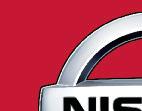

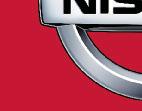

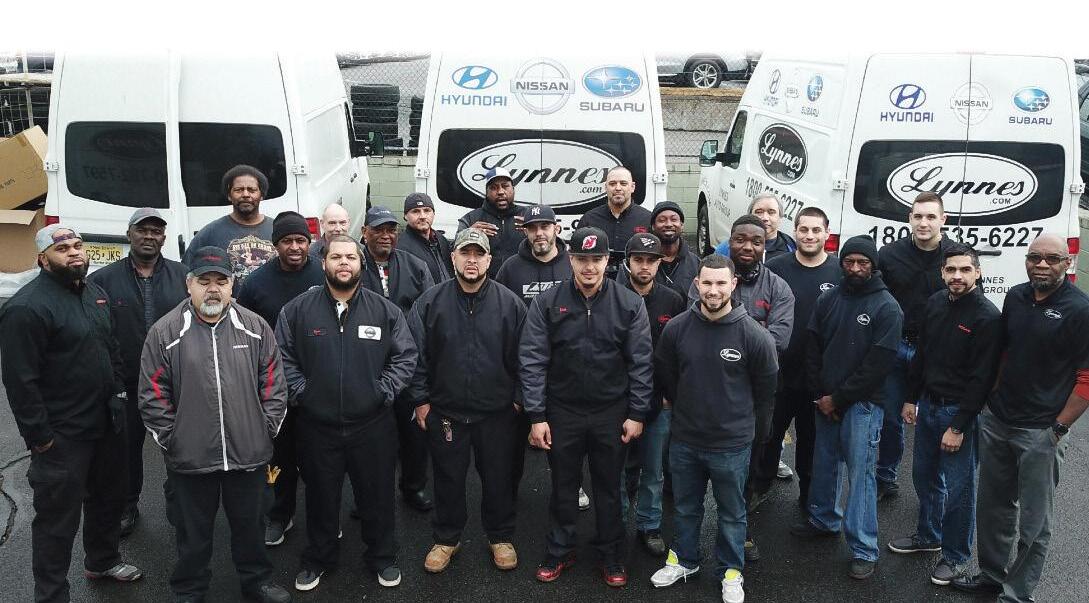


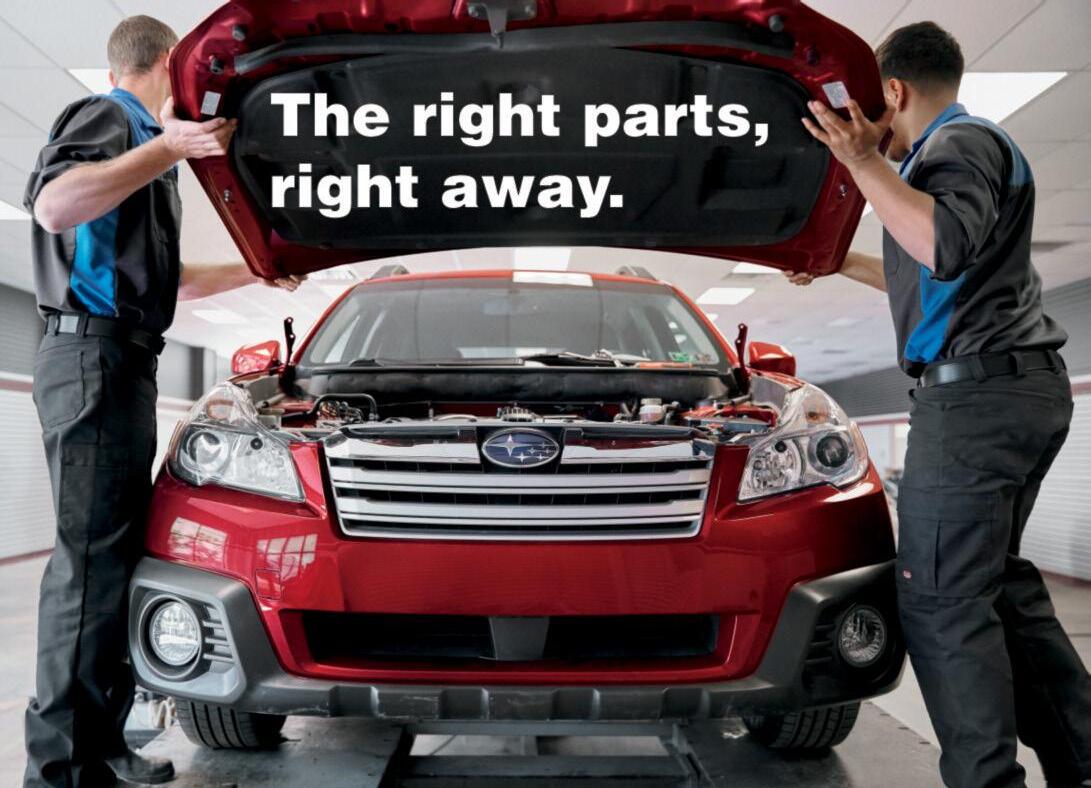


What makes an elite collision repair facility?
Expert technicians, impeccable attention to detail, unwavering adherence to OEM repair procedures and top-notch customer service. Just as important is the facility’s investment in cutting-edge, quality equipment.
Wieländer+Schill’s full range of welders available through Reliable Automotive Equipment (RAE) helps leverage a shop’s investment into efficient, accurate repairs, elevating the overall customer experience while ensuring the vehicle is restored as close to pre-accident condition as possible.
W+S welders help repairers performing a wide variety of welding repairs with simple, self-explanatory, intuitive operation and the highest safety standards. The InvertaPuls IP7-2 offers 2-button handling, dual 3G torches, ergonomic torch removal and narrow housing construction for ease of use in any size shop performing steel and aluminum welding, while the InvertaPuls IP6-2 uses Automatic Cold Transfer technology for a userfriendly MIG brazing experience. Just select your material thickness!
The InvertaPuls IP4-3 is your go-to for steel, brazing and aluminum welding with automatic torch recognition, parameter retention and a 4-roller wire feed for seamless
continued from pg. 34
CB: The strong survive, but strength doesn’t have to be individual. Join together. Create a strong network. Our industry needs more unity; we need to create a community among the shops that are willing to fight for our industry. We need to come together as a team that will stand together to do what’s right not just for our businesses but also for the customers who are counting on us to make sure their vehicles are safe to drive when they leave our shops. We are always going to be stronger collectively than any one of us can be alone.
LP: Strength has to come from within, but know that you cannot do it alone. There are resources out there, and the ‘strong’ have set great examples of how to survive and get better, so you do not have to reinvent the wheel...find out how others have succeeded and do what they did!
AS: If it’s true that ‘only the strong survive,’ it’s worth considering how strength is formed. True strength isn’t something we simply have; it’s something we build, often slowly, from the repeated act of showing up and pushing through resistance. But I think it’s fair to say that the process is accelerated — and made more sustainable — when you are surrounded by others. A strong and supportive community can help challenge your blind spots, celebrate your growth and share resources, perspectives and wisdom you couldn’t access on your
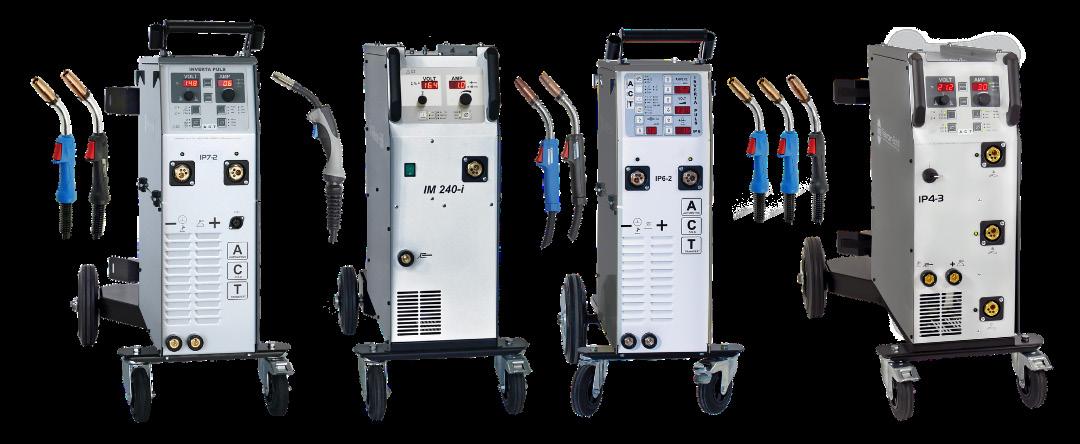
Wieländer+Schill MIG welders ensure quality welds, every time.
results. With 90 memory spots and 240A current, pulse and double-pulse welding procedures can be performed effortlessly. And shops looking for inverter technology need look no further than the MIG/MAG IM240-I, a powerhouse featuring a 4-roller drive with trim adjustment and D300 wire spool compatibility for ensured precision. Dynamic pulse adjustment guarantees impeccable results on thin sheet metal as thin as 0.6mm.
For more information on the full line of Wieländer+Schill welders and all available equipment, service, training and support through Reliable Automotive Equipment, visit raeservice.com
own. I like to think the associations in our industry offer these types of communities and opportunities for growth, accountability and vision.
I’d encourage shops to do more than just seek survival in your business; seek belonging, and be a part of something bigger than the four walls of your business!
JT: The strong certainly survive, but consider how you define strength. Does ‘strong’ encompass having a good business acumen, a marketing mind or something more? I believe being well-rounded is the most important component to strengthening your shop, and that begins with educating yourself to understand all the opportunities that exist within this industry and embracing what makes the most sense for your individual business.
LW: Nimble can beat brute strength. In Japan, fabric buildings are often used instead of metal buildings in areas susceptible to storms, particularly tsunamis. The buildings’ fabric shell washes away, but the foundation and frame are unharmed and ready to quickly be recovered with a new fabric shell. I don’t know what the version of this is for shops, but I’m very certain there are independent shops who know how to think like this. They know what is not important and can be sacrificed versus what is critical for thriving even after the worst the world can throw at them.


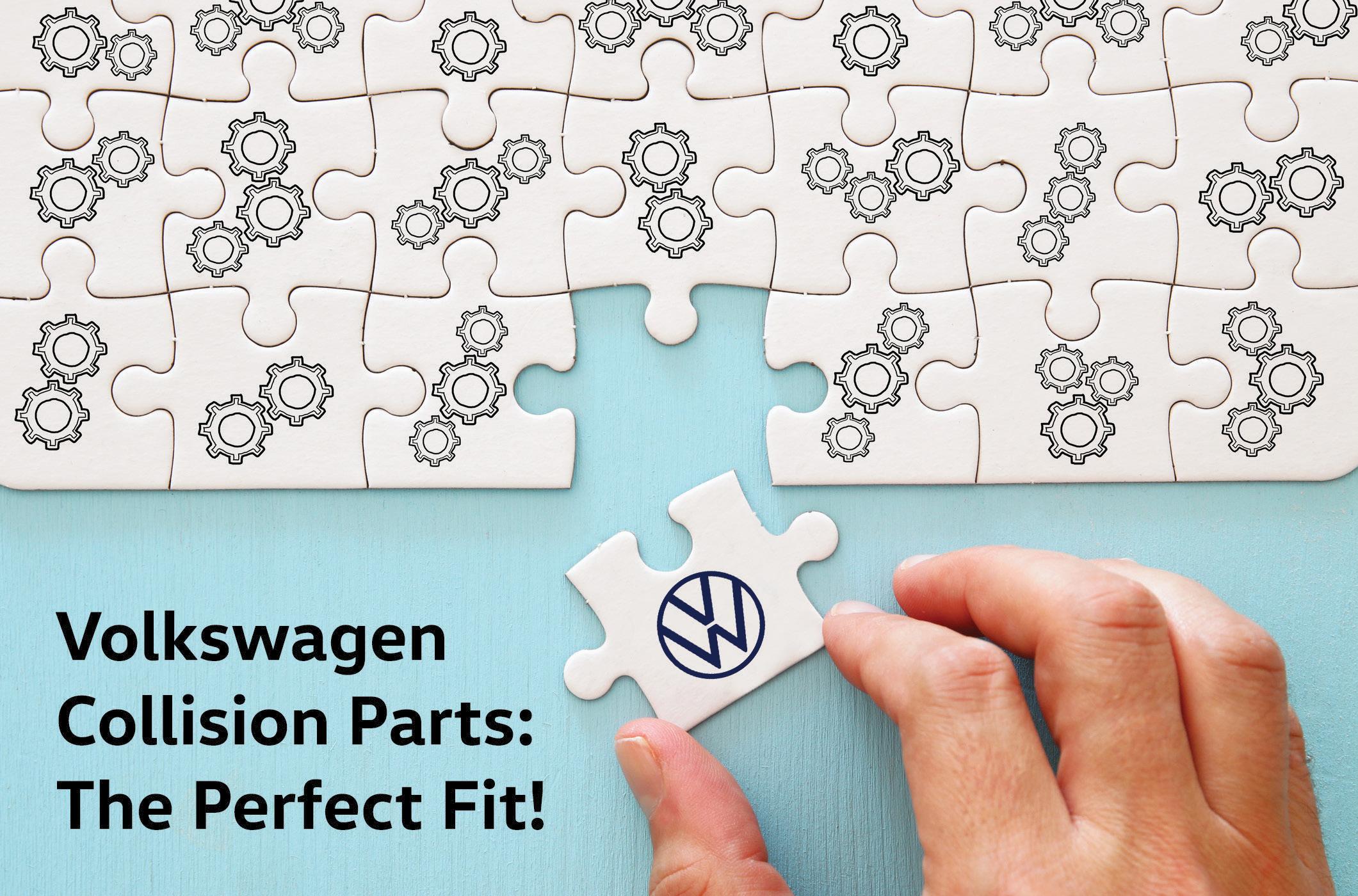
You’ve got the right tools, staff, technology and procedures to give your customers the best repair possible. The missing piece of the puzzle? Genuine Volkswagen Collision Parts. Contact an authorized dealer today and find your perfect fit.
Paul Miller Volkswagen 118 Morristown Road
Bernardsville, NJ 07924
TOLL FREE: 877-318-6557
LOCAL: 908-766-1600
FAX: 908-766-6171
Email: aaitchison@paulmiller.com www.paulmillervw.com


Douglas Motors
491 MORRIS AVE.
SUMMIT, NJ 07901
PHONE: 908-277-1100
FAX: 908-273-6196
TOLL FREE: 800-672-1172
Email: douglasparts@douglasautonet.com www.douglasvw.com

Trend Motors 221 Route 46 West Rockaway, NJ 07866
TOLL FREE: 888-267-2821
FAX: 973-625-4985
Email: dreinacher@trendmotors.com www.trendmotors.com



Crestmont Volkswagen 730 ROUTE 23 NORTH
POMPTON PLAINS, NJ 07444
TOLL FREE: 800-839-6444
FAX: 973-839-8146
Email: vwparts@crestmont23.com www.crestmontvw.com

